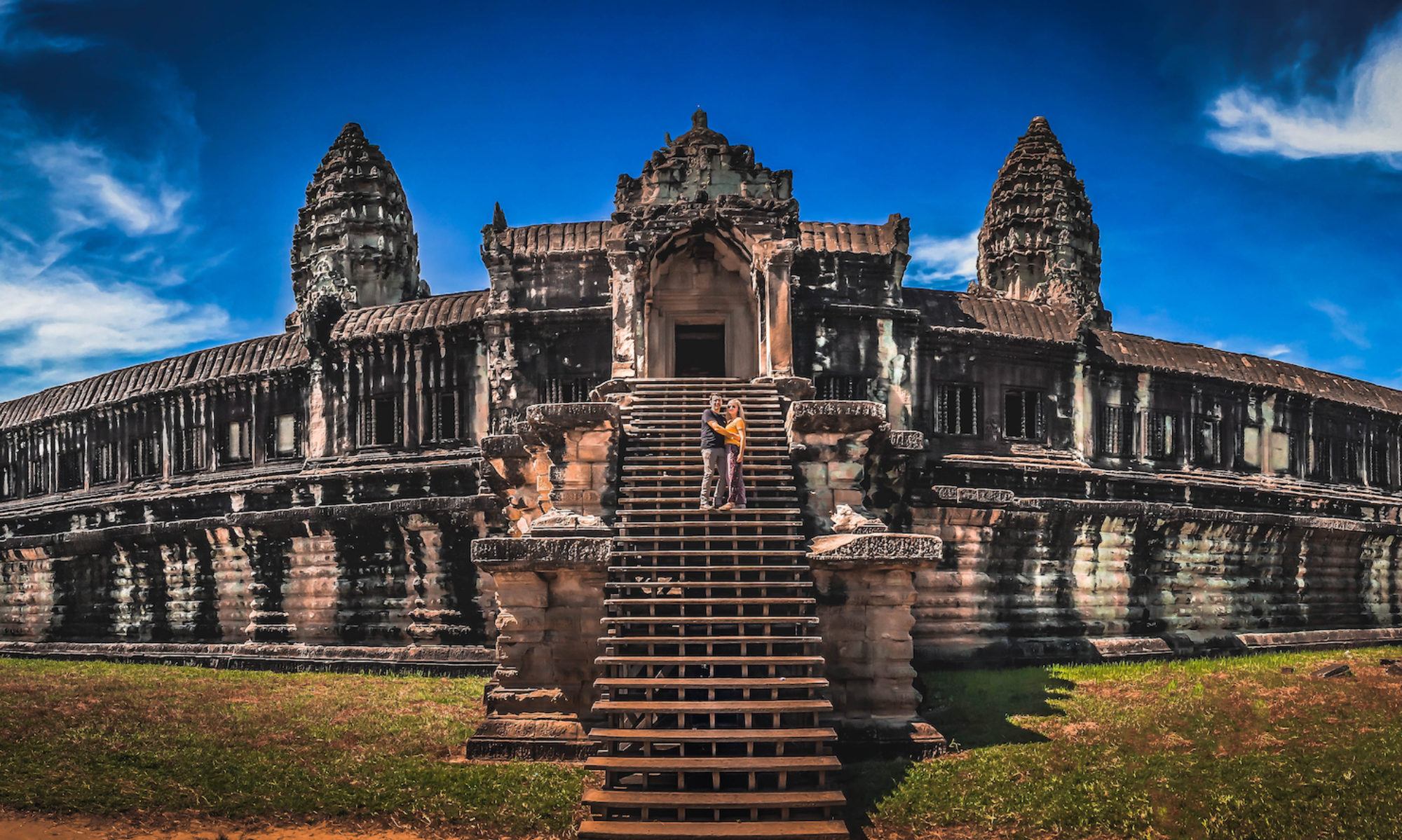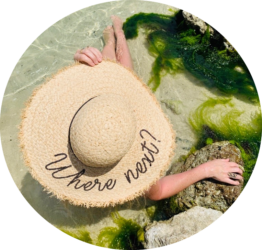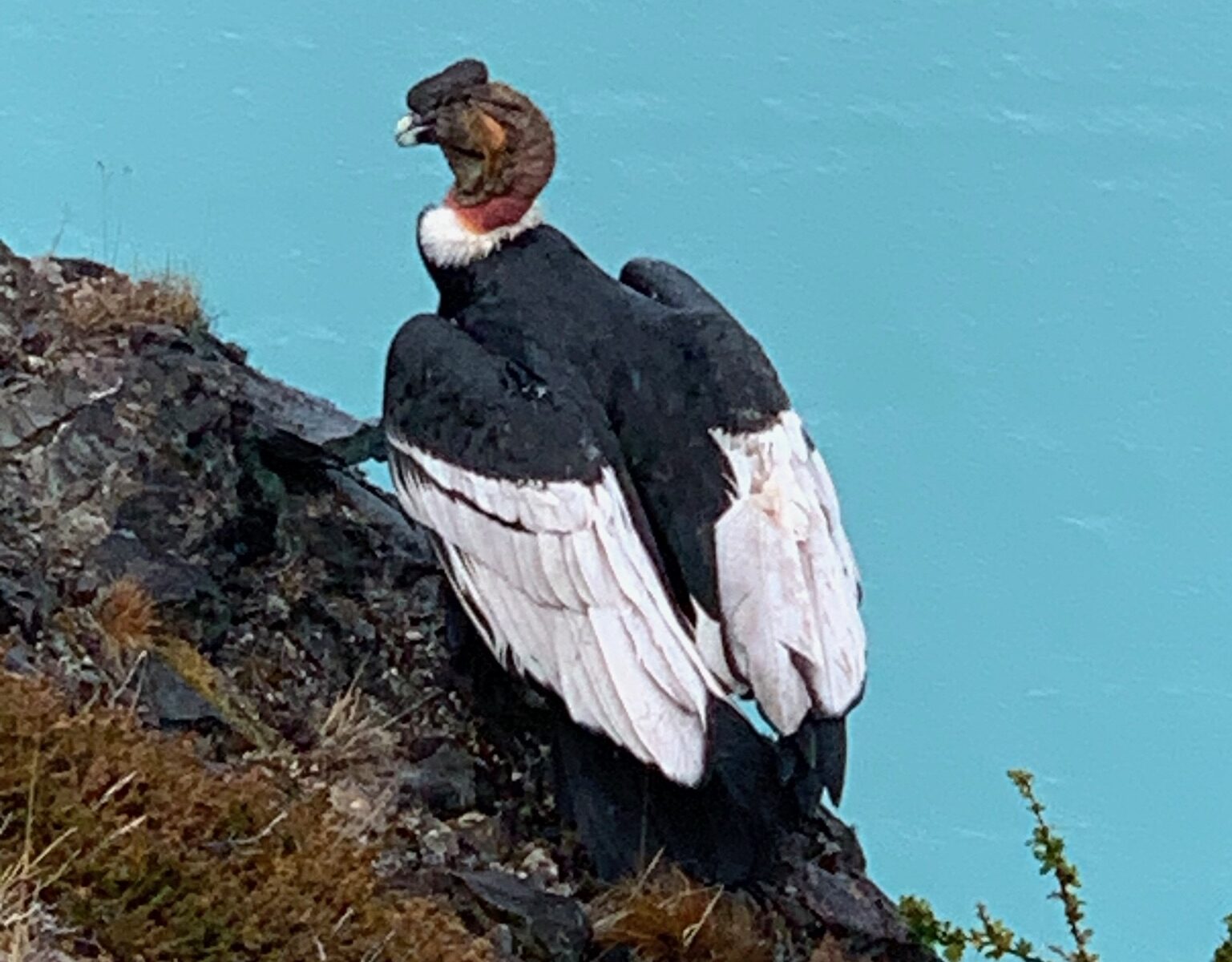Patagonia is one of the most dramatically beautiful places on earth.
Chile and Argentina share in ownership of the vast area at the southernmost tip of South America crossed by the Andes. To experience the vastness of its stunning peaks, deep fjords, towering glaciers and lakes in spectacular shades of blue and green, you’ll need to take a couple of in-country flights, drive distances and cruise to sites only accessible by boat.
If you don’t have the ability or time, I’d recommend choosing your most desired location, planting yourself there and taking it in, and plotting your next visit. Unless you have unlimited time, this is a trip, not a vacation.
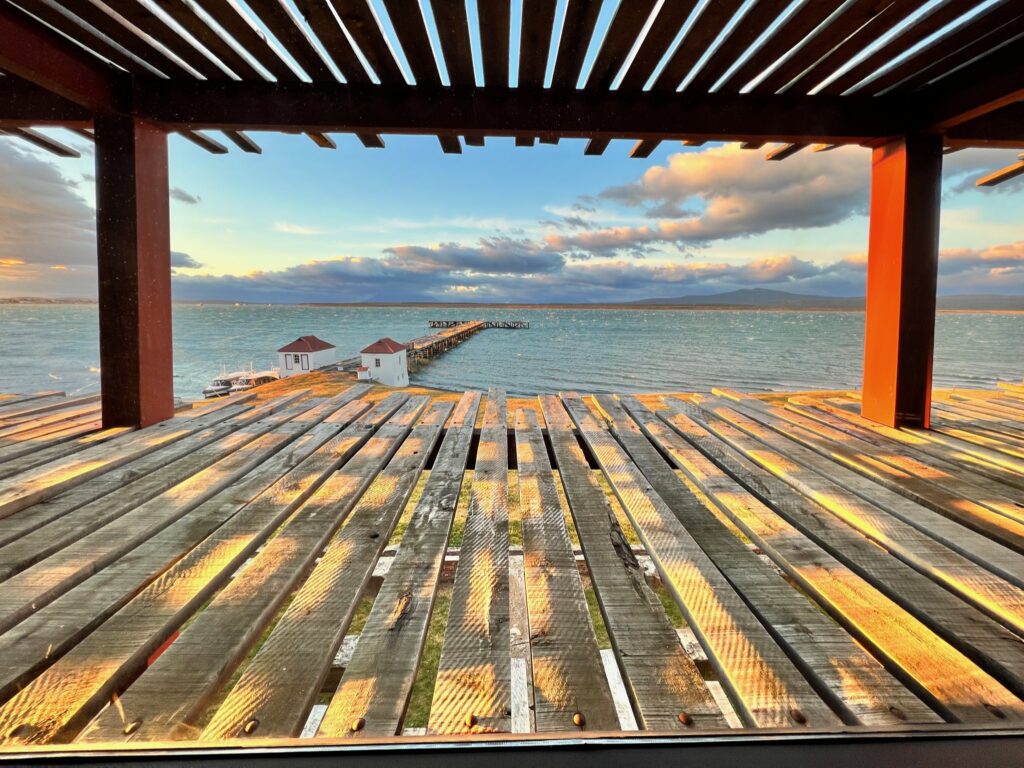
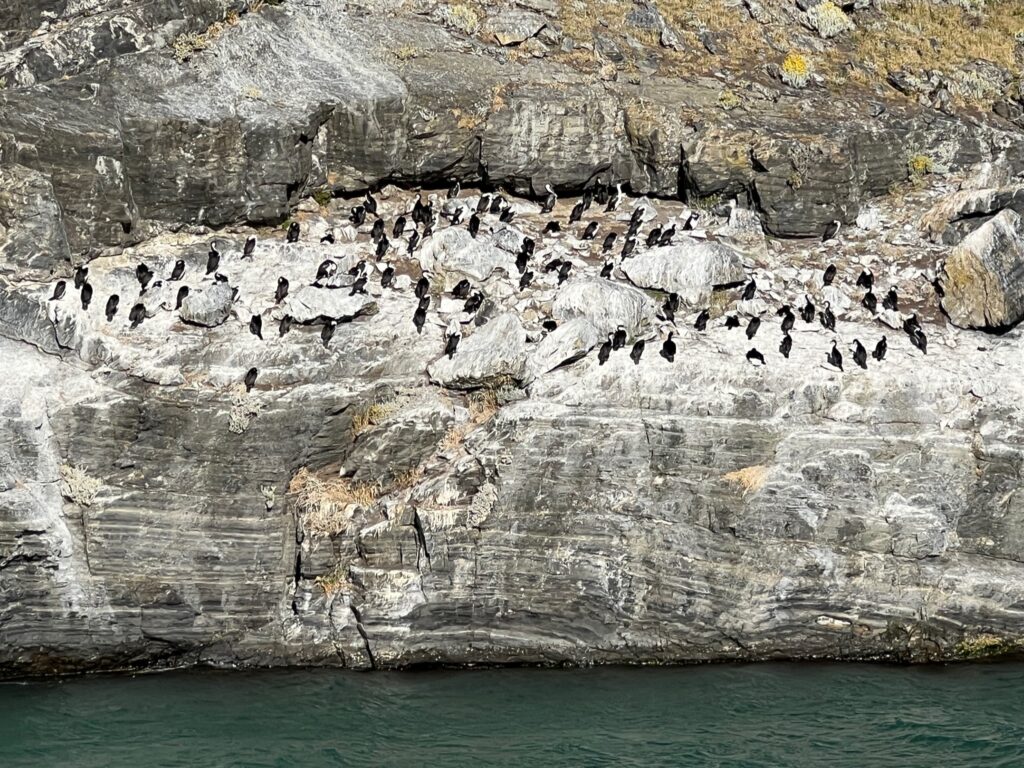
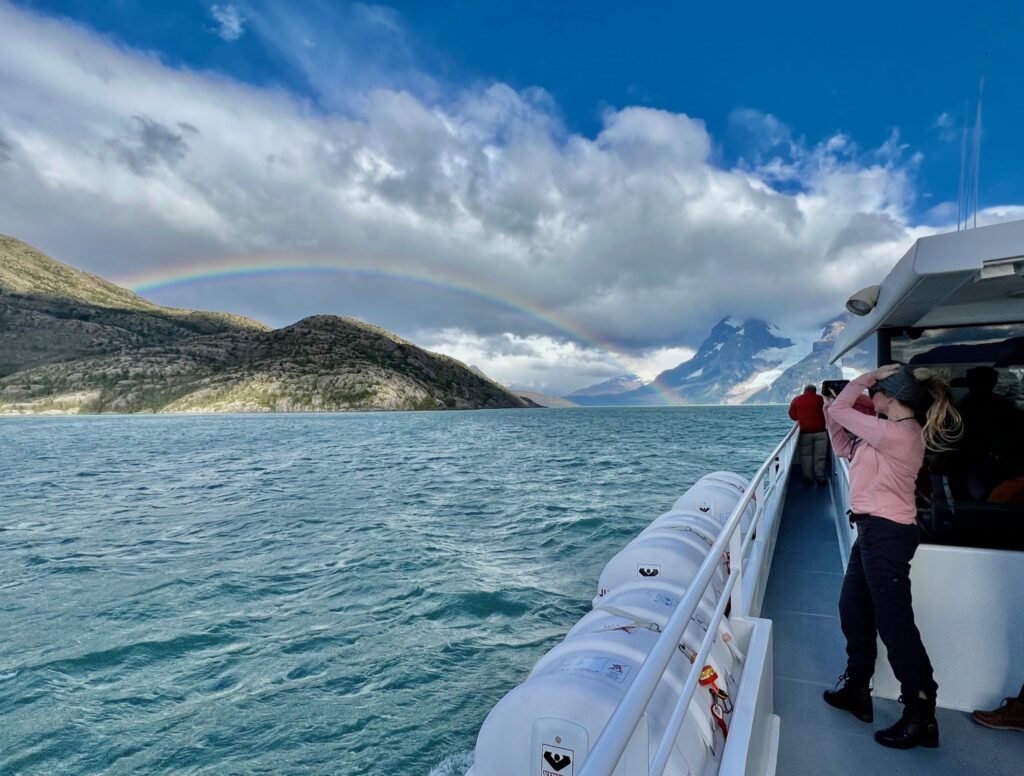
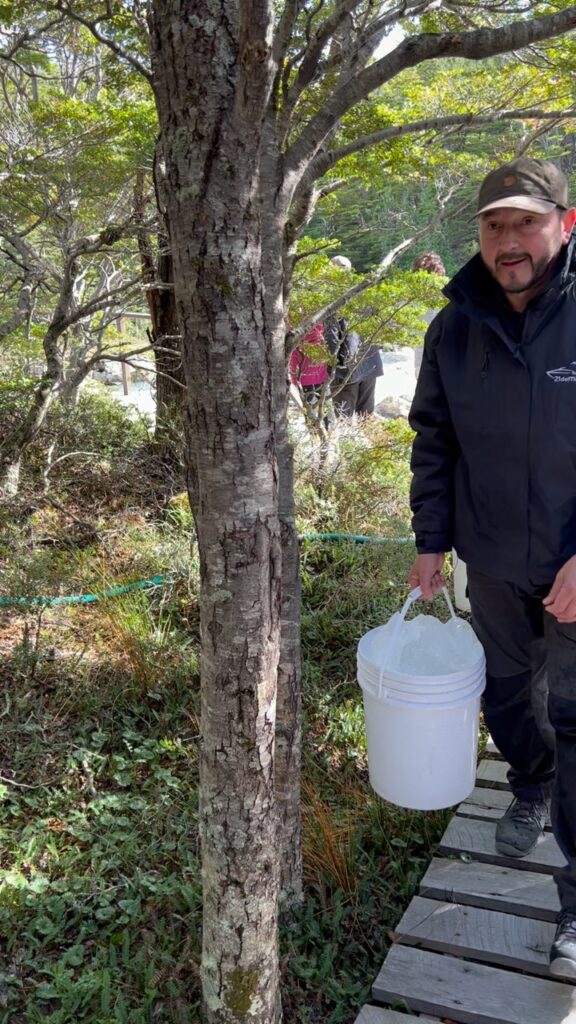
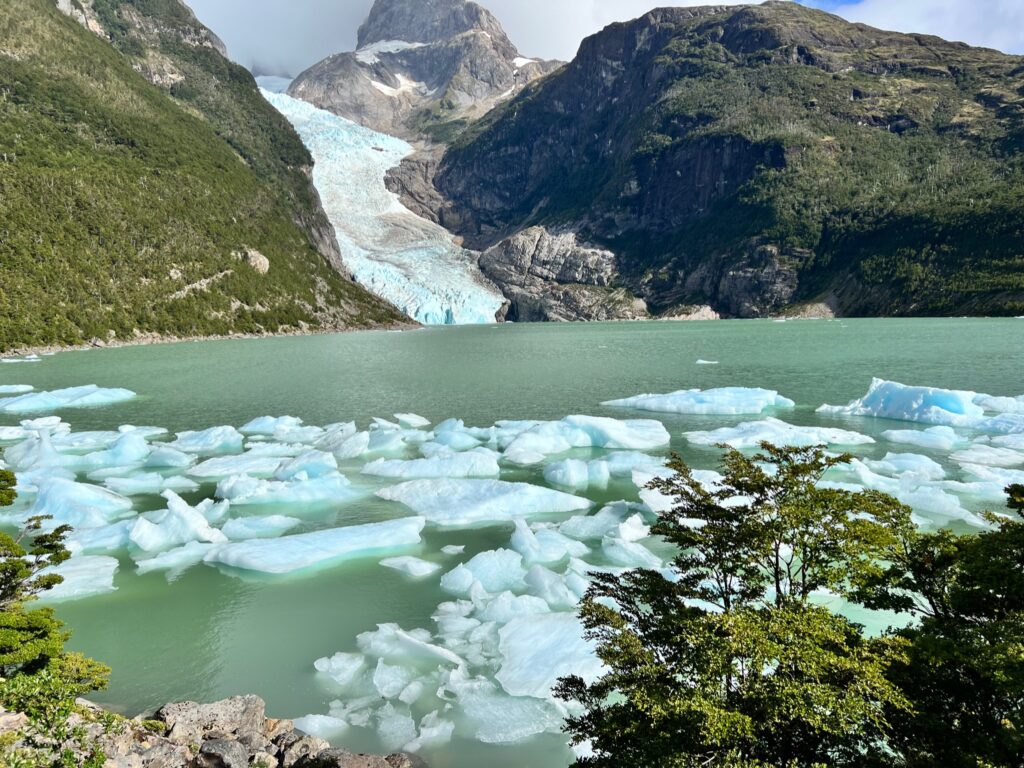
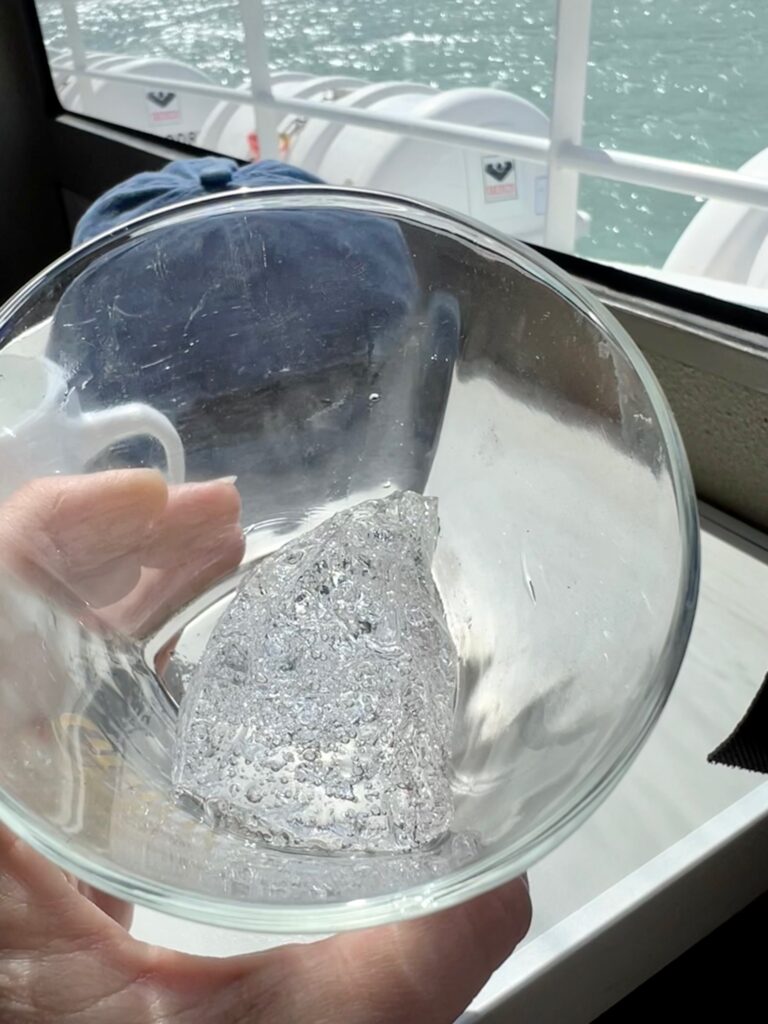
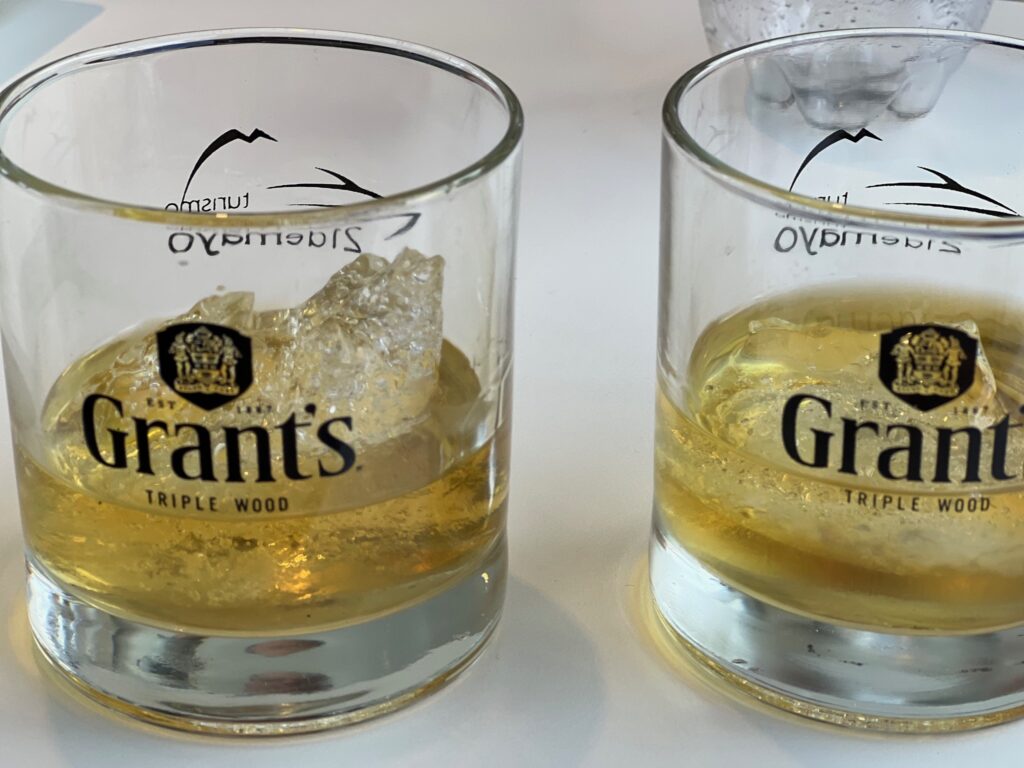
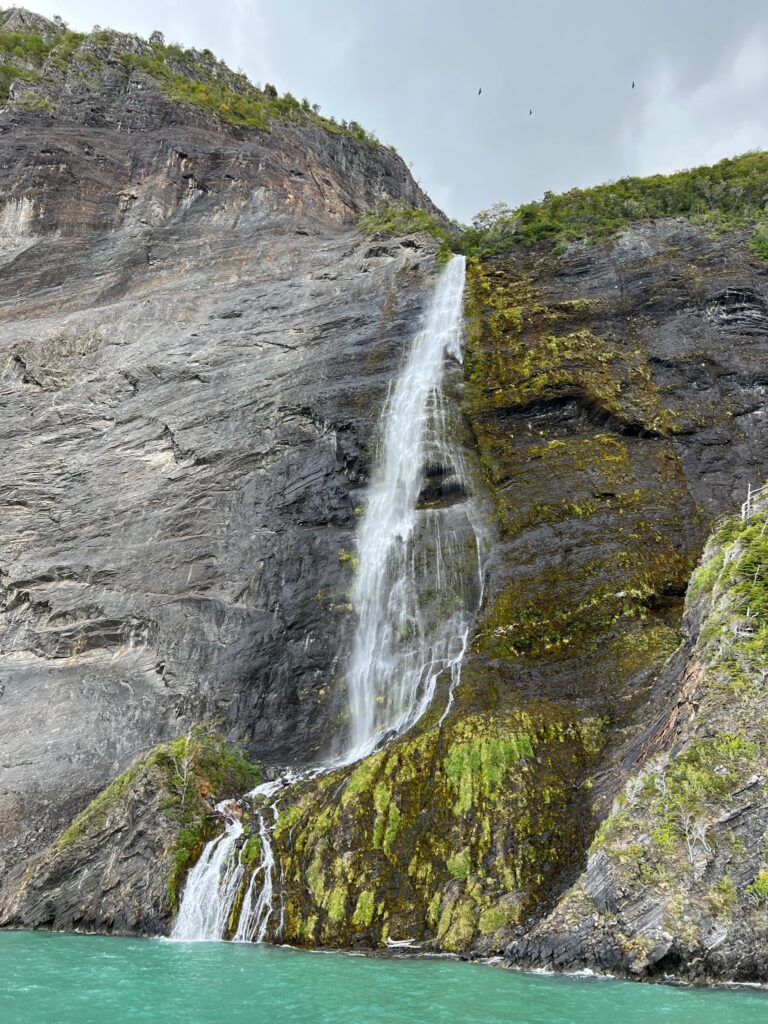
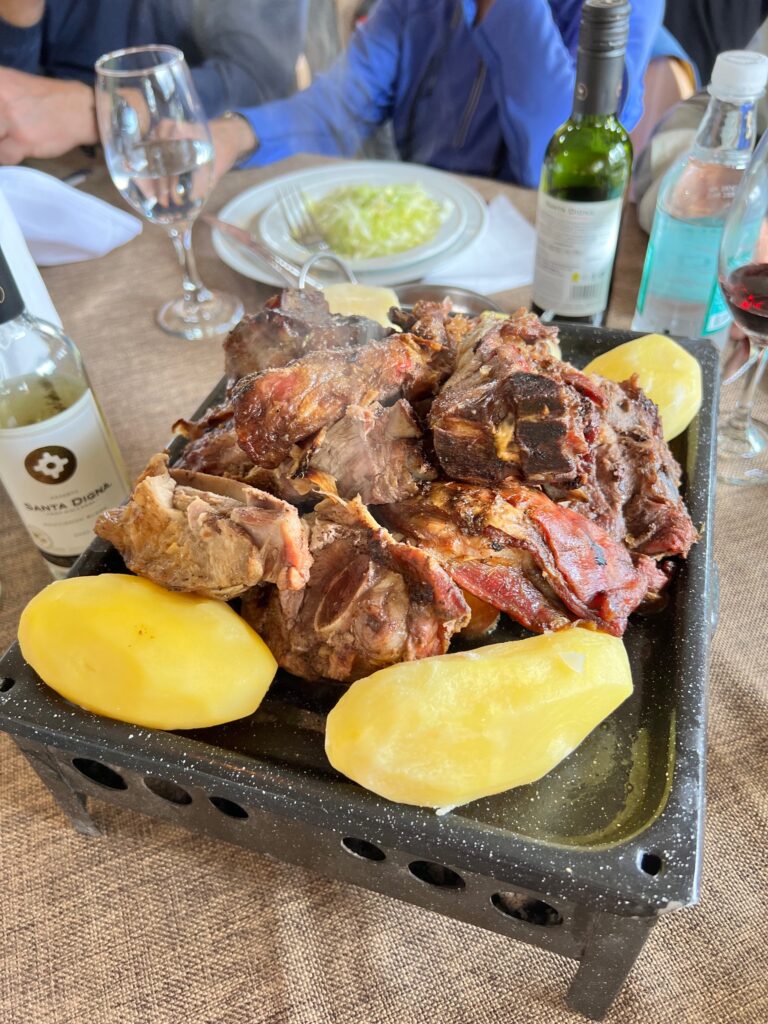
We swore off group tours a long time ago, much preferring to travel alone with a guide/driver and planning our own route and timing.
It might have been the Australian who nearly harangued a guide to death for more than a week and refused to tip him because his one dinner was too salty, or it might have been the Texan couple that frankly made us embarrassed to be Americans because of their very loud and constant political boasting to foreigners, or it might have been the Canadian couple that made us wait at least 20 minutes past every departure point time.
Whatever it was, we quit taking group tours. But we quickly and easily changed our minds when we discovered an 11-day high-end tour with a small group.
We returned home from our Tauck Patagonia tour, with extra time tacked on the front end in Santiago, Chile, and on the back end in Buenos Aires, Argentina, singing Tauck’s praises. And the praises of our travel agent, Mariam Kolpas of Reed and & Mackay, who deftly dealt with some messy flight schedule changes.
We also couldn’t speak more highly of the people we traveled with, all of whom we could spend hours sharing tales and tips. These were highly prepared, seasoned, astute, and curious travelers. It was refreshing to find that group tours can be beneficial when like-minded life learners are together.
We had considered tacking on an Antarctic leg, but our timing was short for the typical (at least) eight-day cruise. Punta Arenas is a typical hopping-off point. Most folks go by boat, but we explored flying by DAP to King George Island. However, we were quickly warned of conditions that often cancel flights. You must book five days for the flight just to give you the best chance of flying each day. We weren’t willing to risk it and will eventually visit by cruise ship.
Our Patagonia itinerary is spelled out in the above link, and it’s a very good one. So I don’t know that I need to walk you through it. Instead, I’m going to point out some things that make the tour stand out.
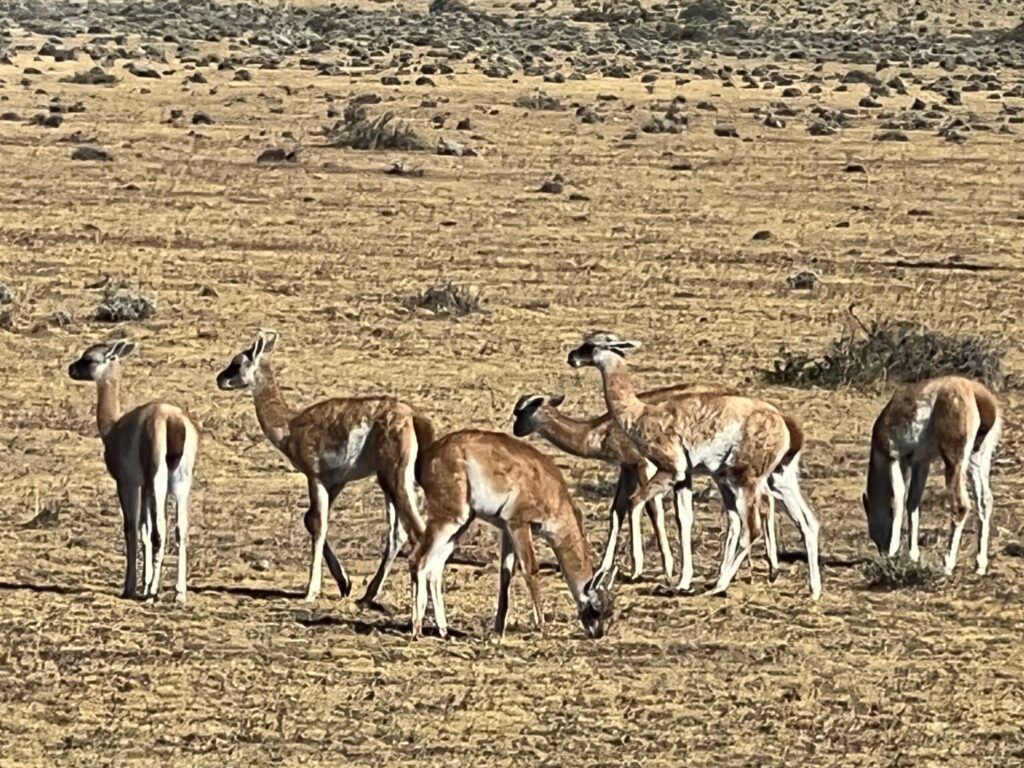
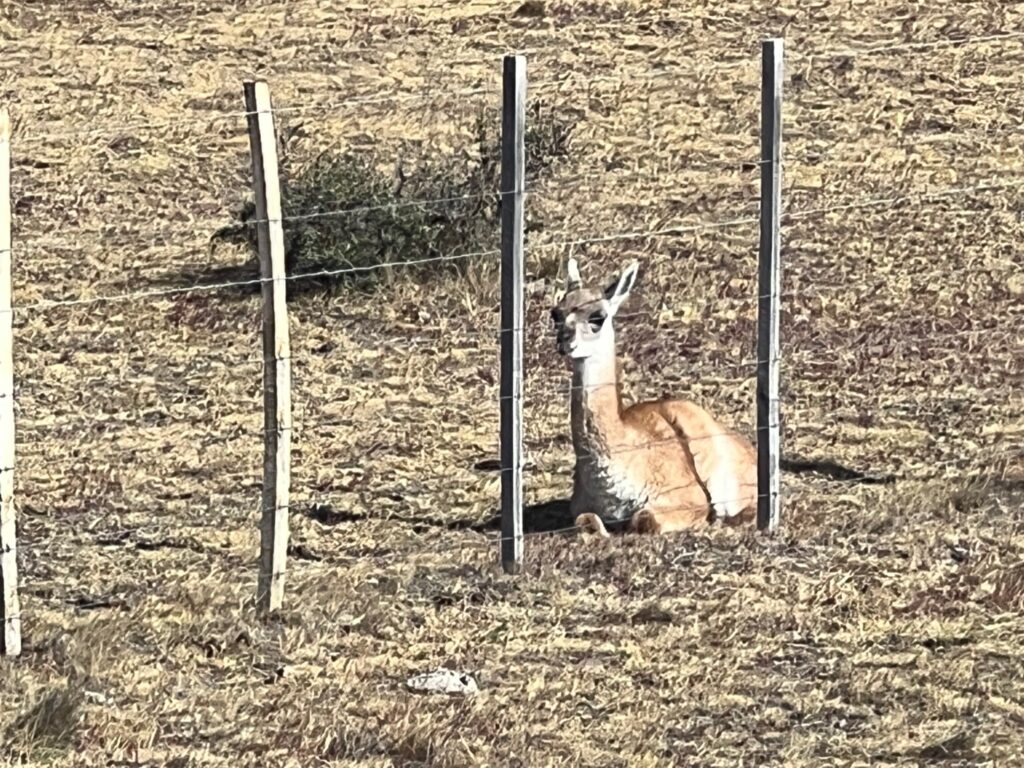
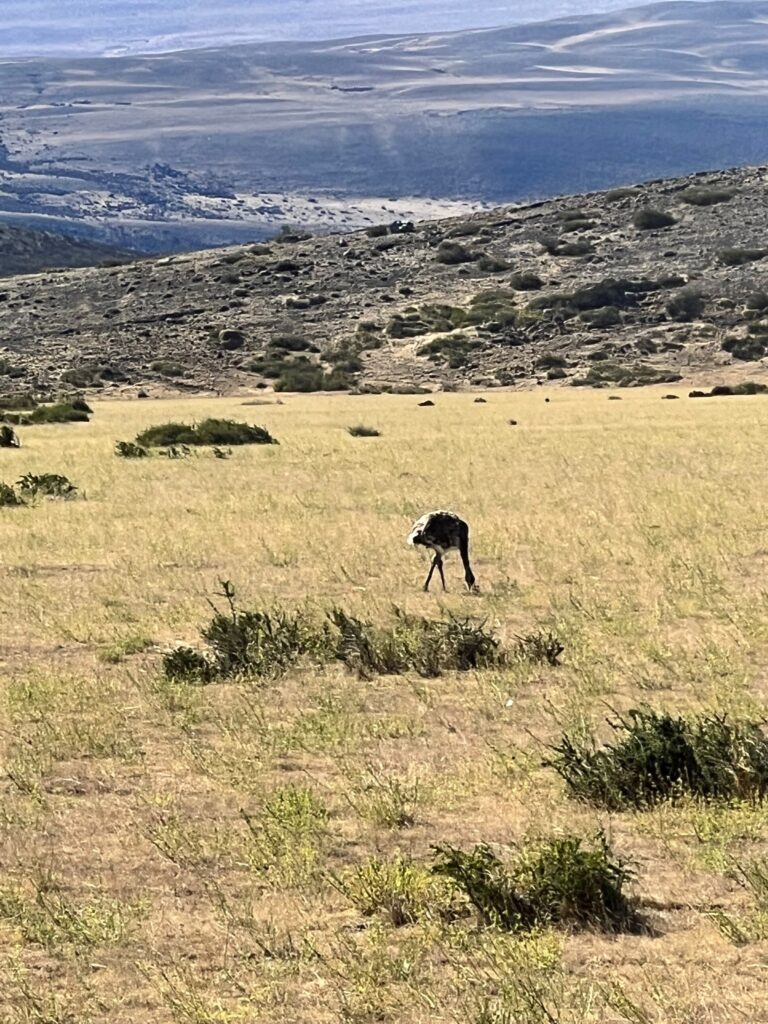
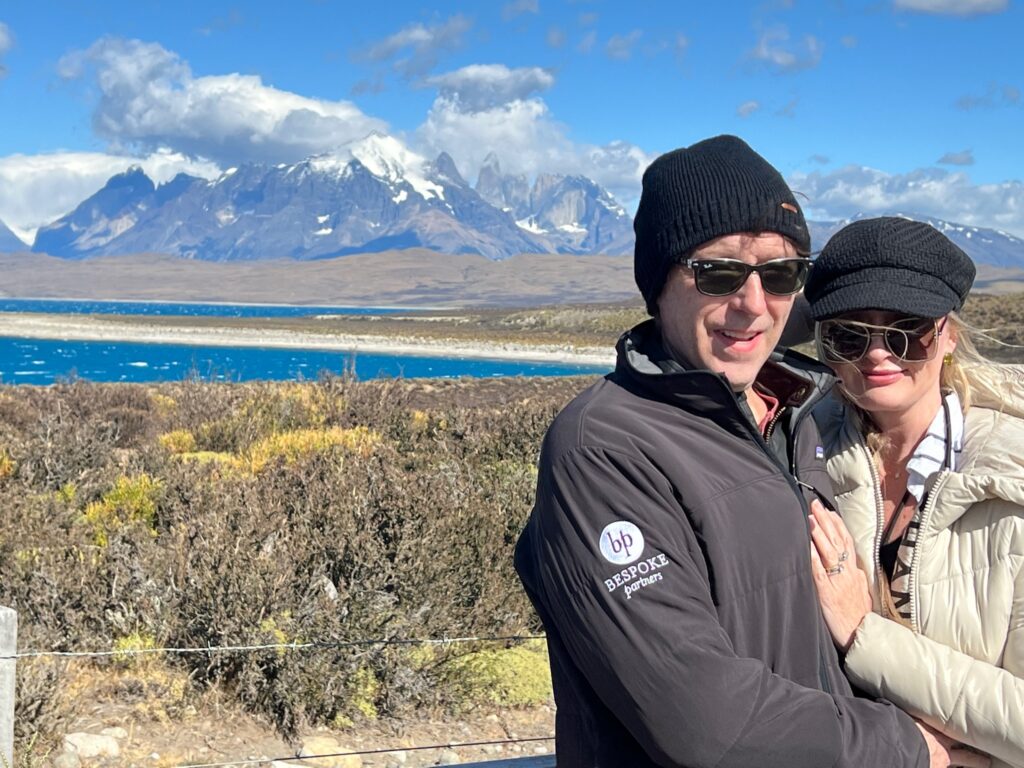
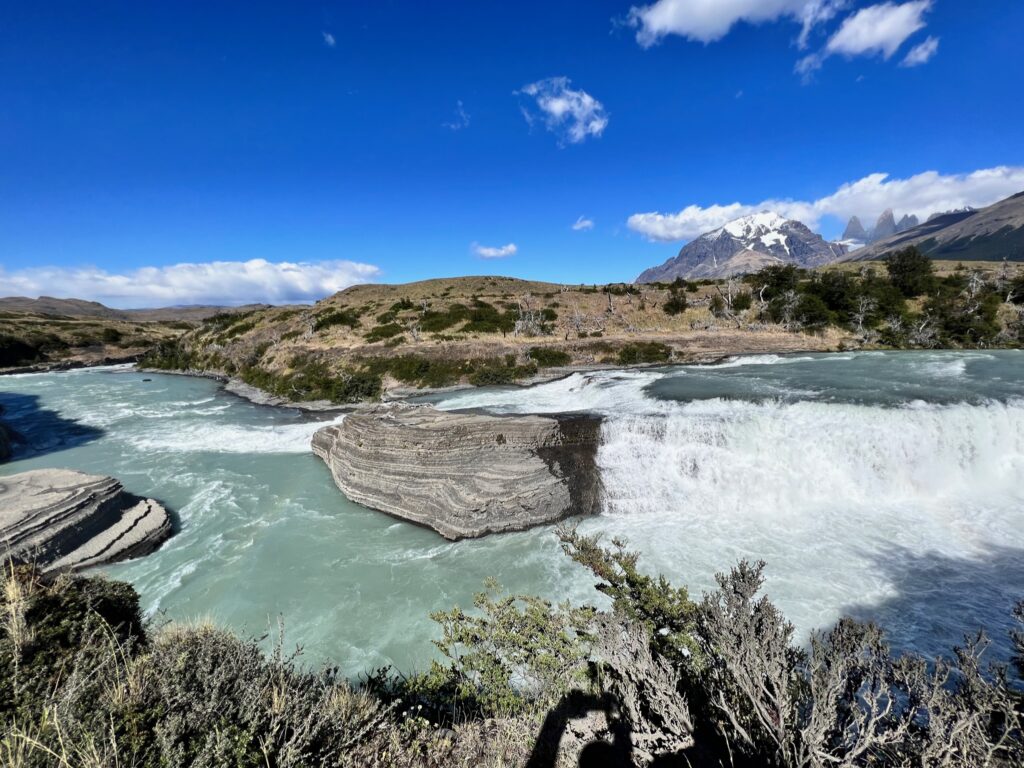
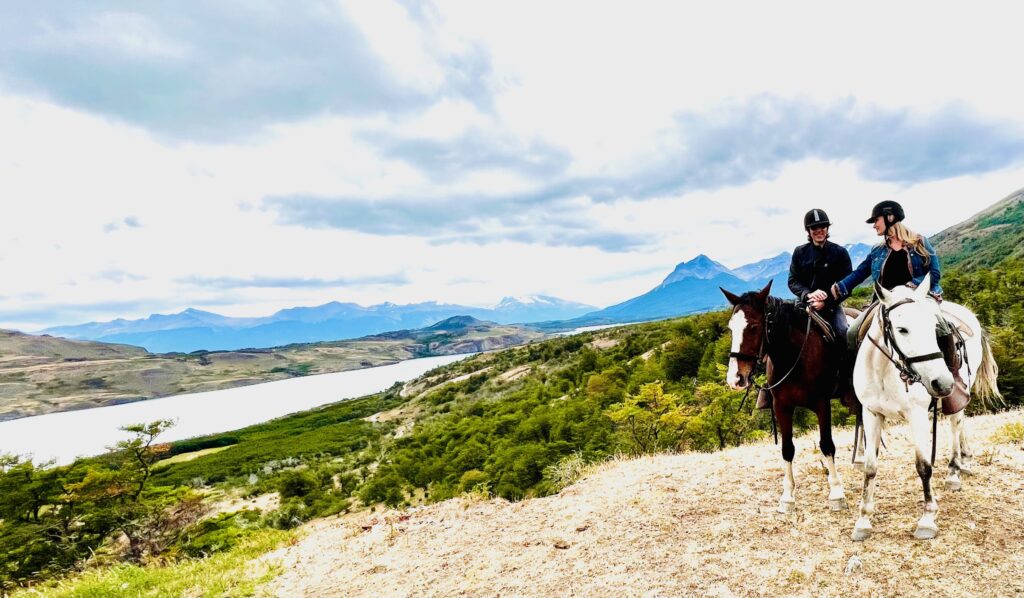
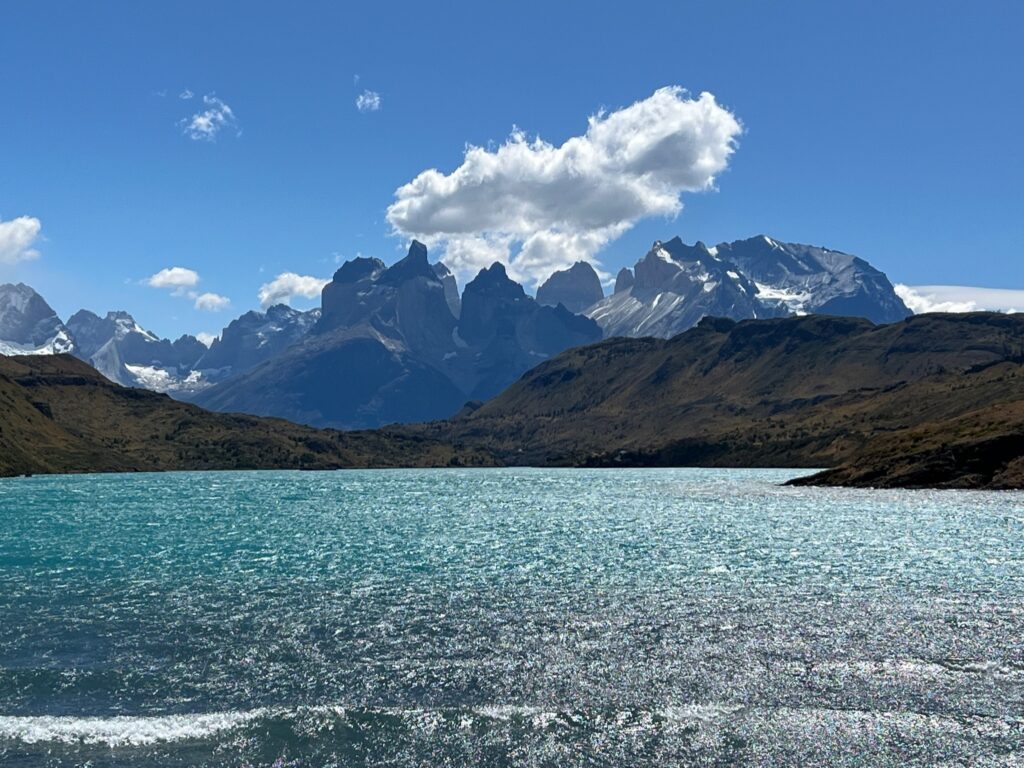
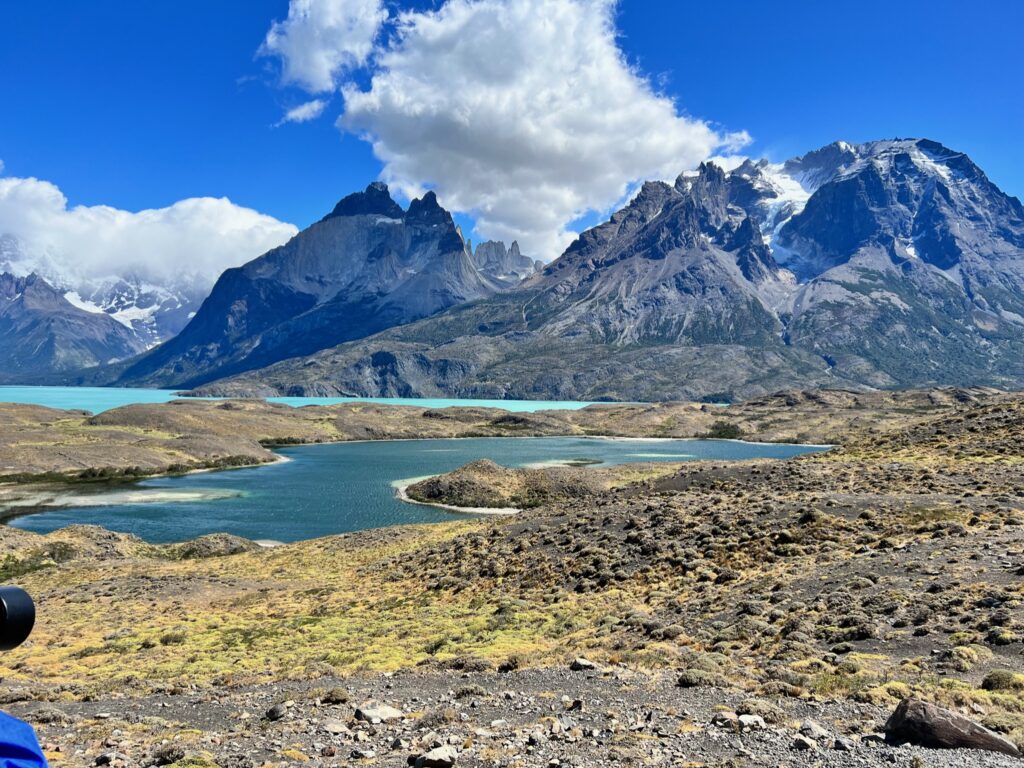
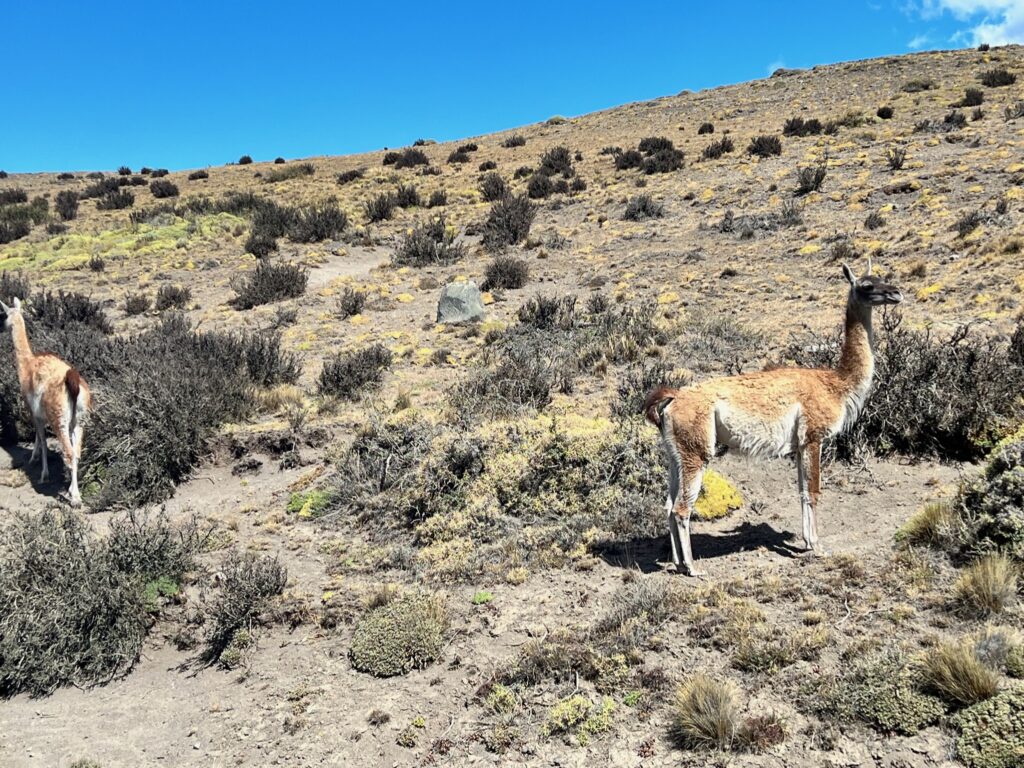
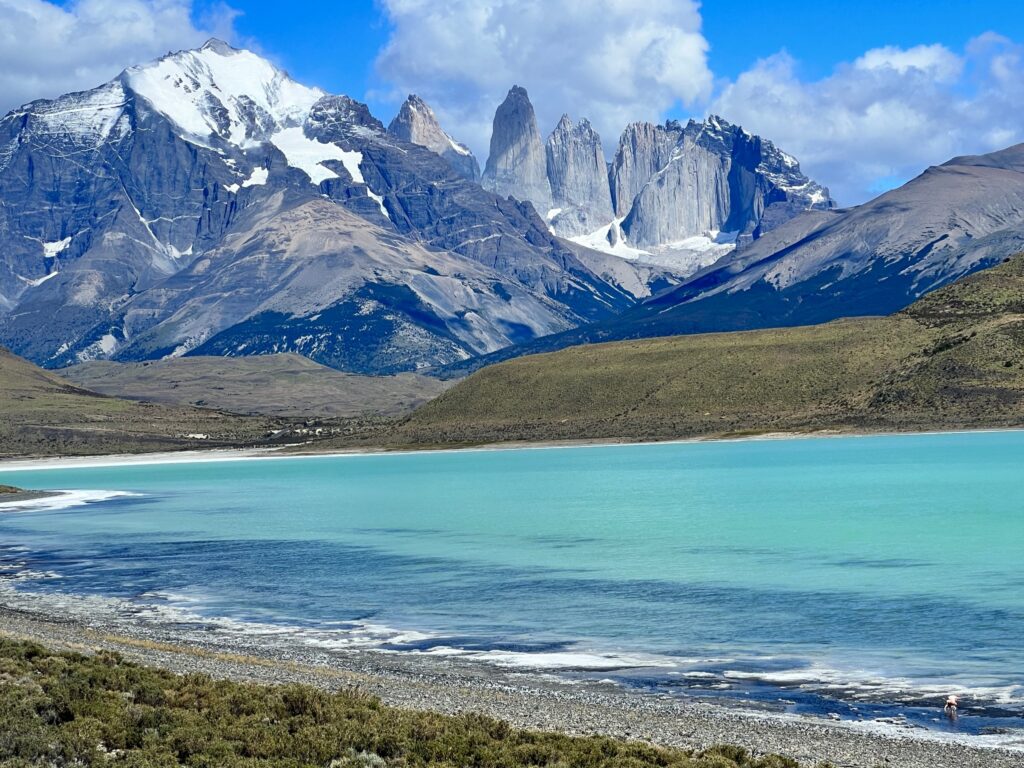
From the Ritz Carlton in Santiago to the one-of-a-kind Singular Patagonia Hotel in Puerto Natales to Xelena Hotel & Suites in El Calafate and Alvear Art Hotel in Buenos Aires, accommodations are absolutely first rate. Exceptional meals, most á la carte, including a wine tasting and lots of local delicacies, are included. Phenomenal local guides are included. Specially packed snacks and lunches with local fare are included. The inclusions are notable and impressive.
Meeting a world-renowned silversmith in his shop, and seeing a remarkable gaucho/horse whisperer demonstration were just icing on the cake of experiences. Various outing add-ons are included and well worth the time.
Our absolute favorite was horseback riding in Chile. It’s the best possible way of just taking in the incredible scenery, atop a sure-footed, well-trained horse. It might be a bit unnerving for a nonrider as you ascend and descend the terrain, but the ability to just soak up the view is wonderful.
Otherwise, the possible hiking is moderate. The hike to Serrano Glacier is the most difficult, made much easier with hiking poles. Layered clothing is a must, as we experienced freezing to warm temps throughout.
Here are a few things that don’t appear in the typical descriptions: The wind in Patagonia is no joke. It’s part of the landscape and its severity can be overwhelming and leave you feeling beaten. Ear coverings are highly recommended. But on the plus side, it helps to create the most rainbows we’ve ever seen.
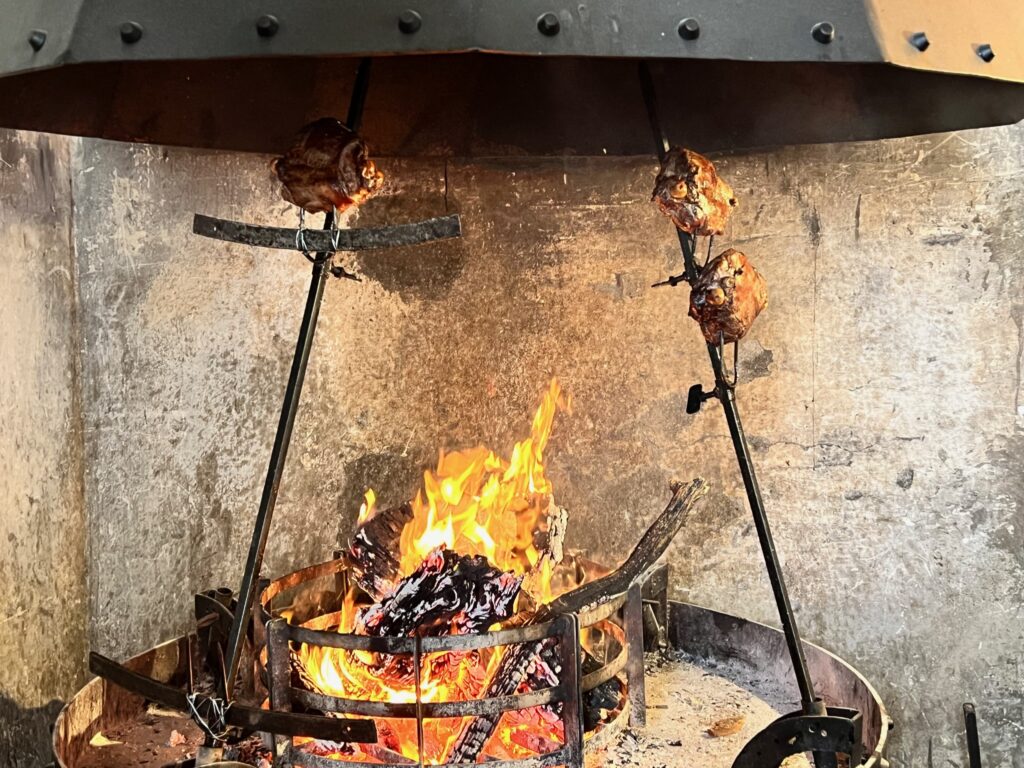

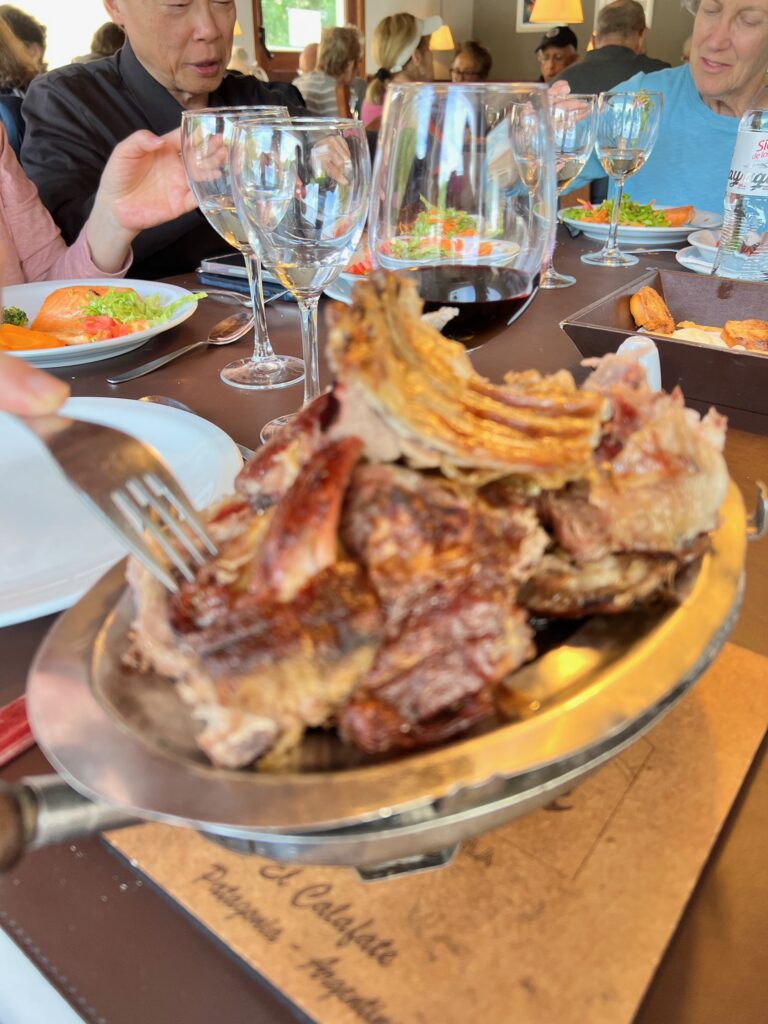
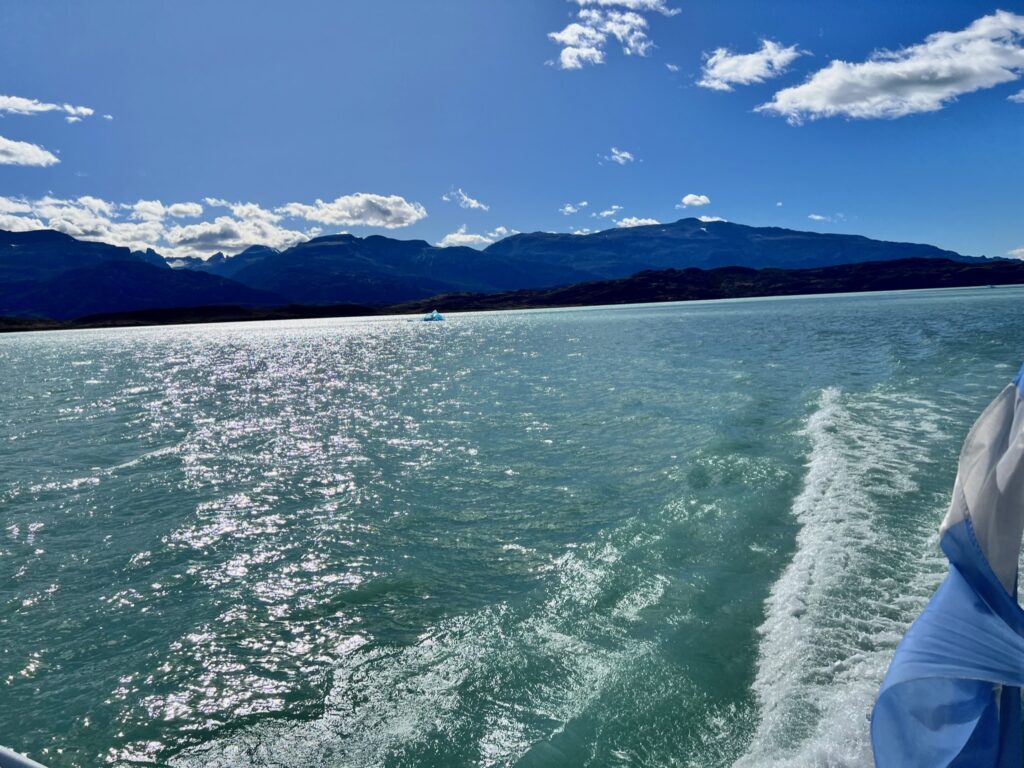
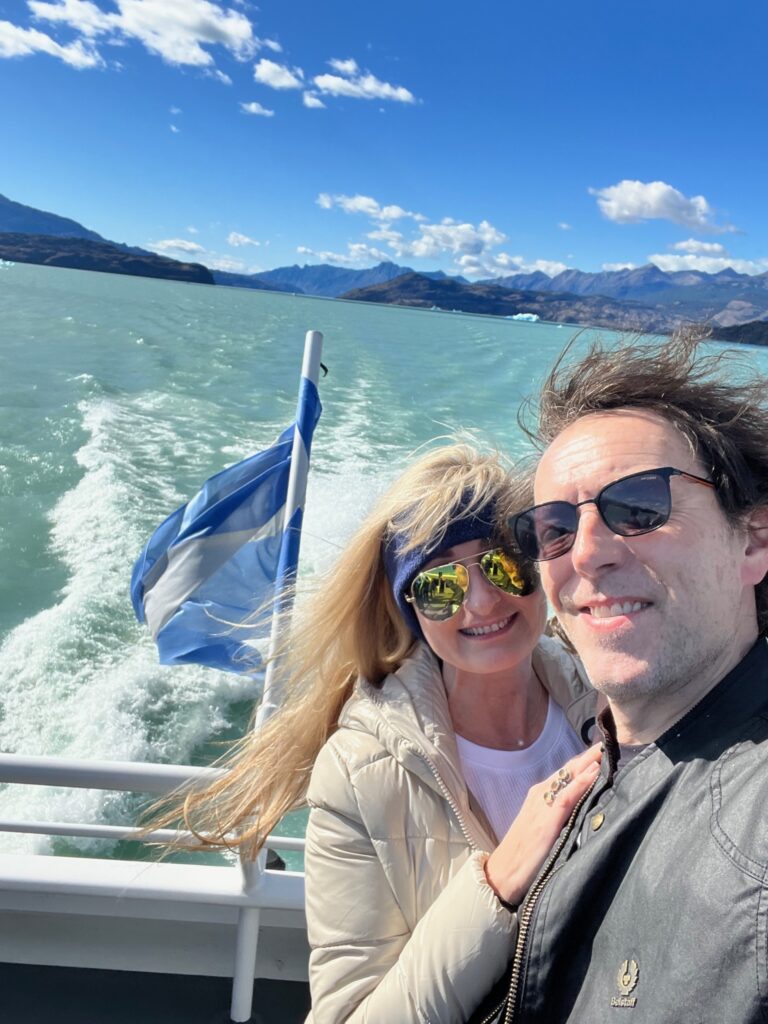
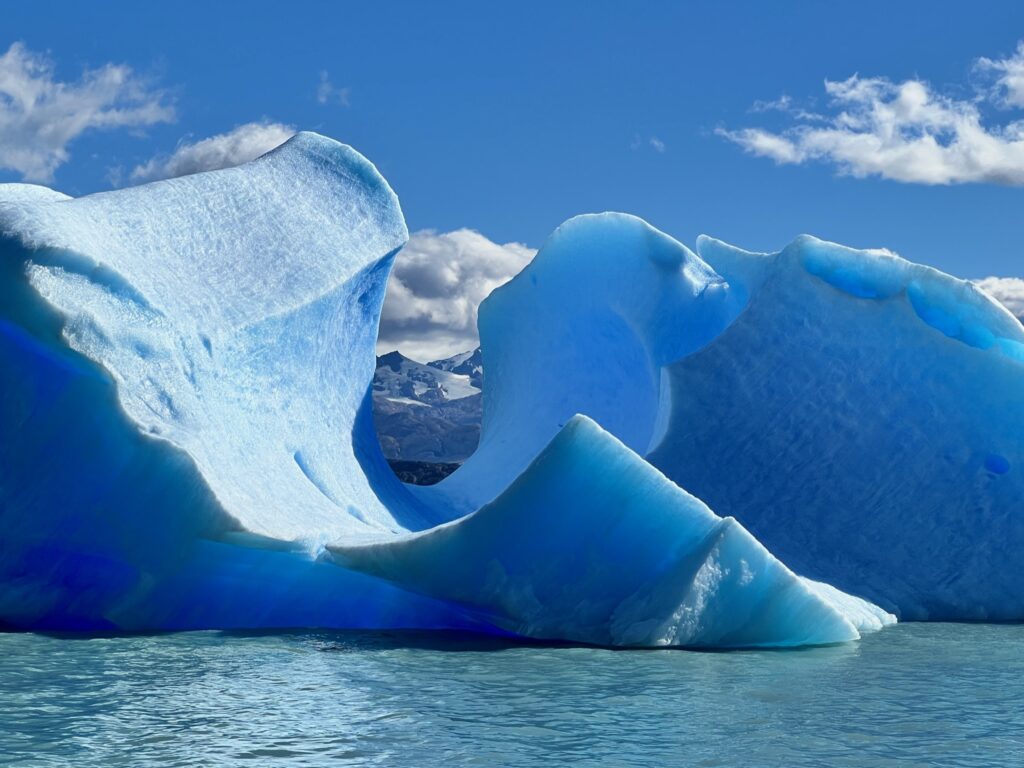
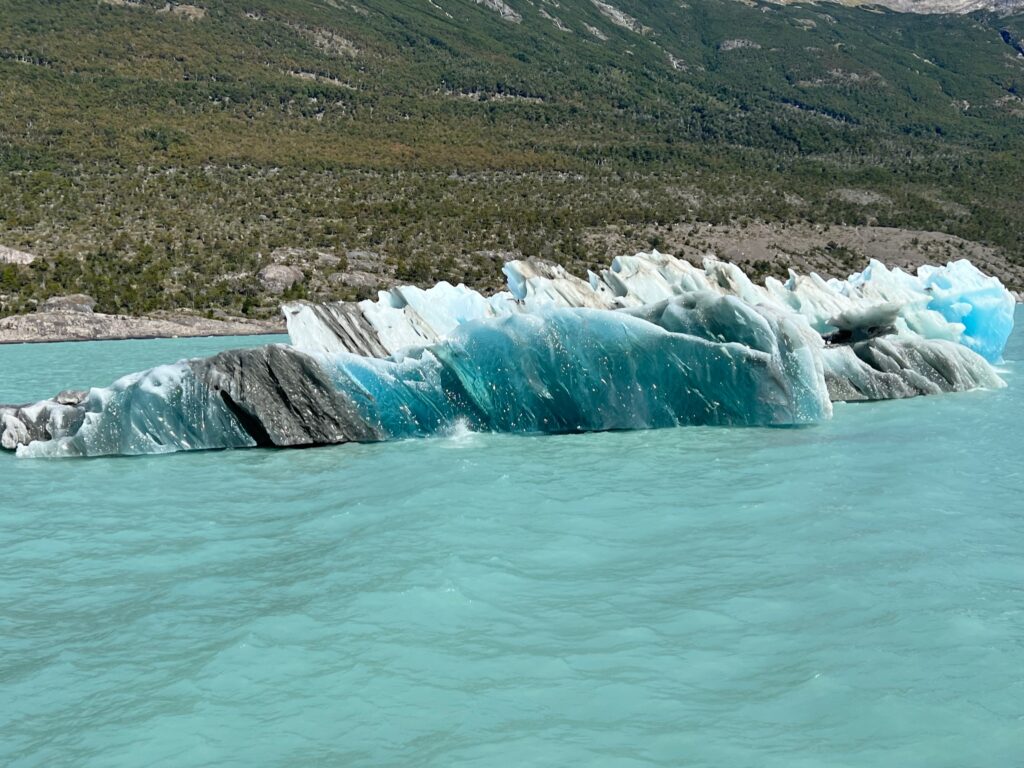
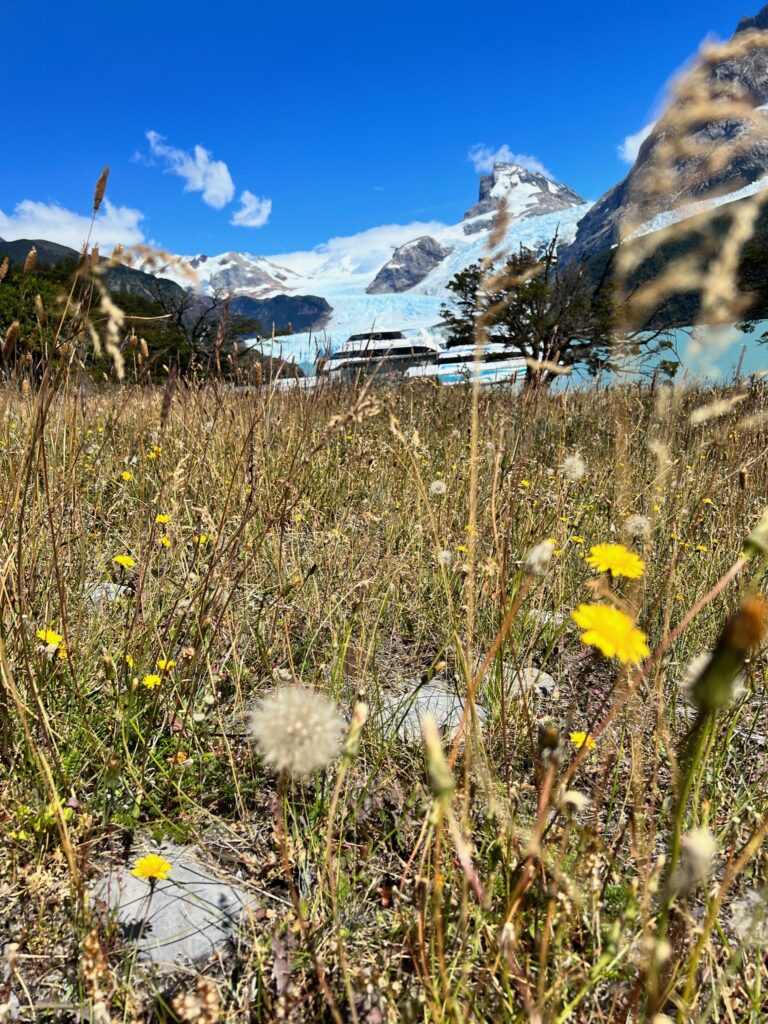
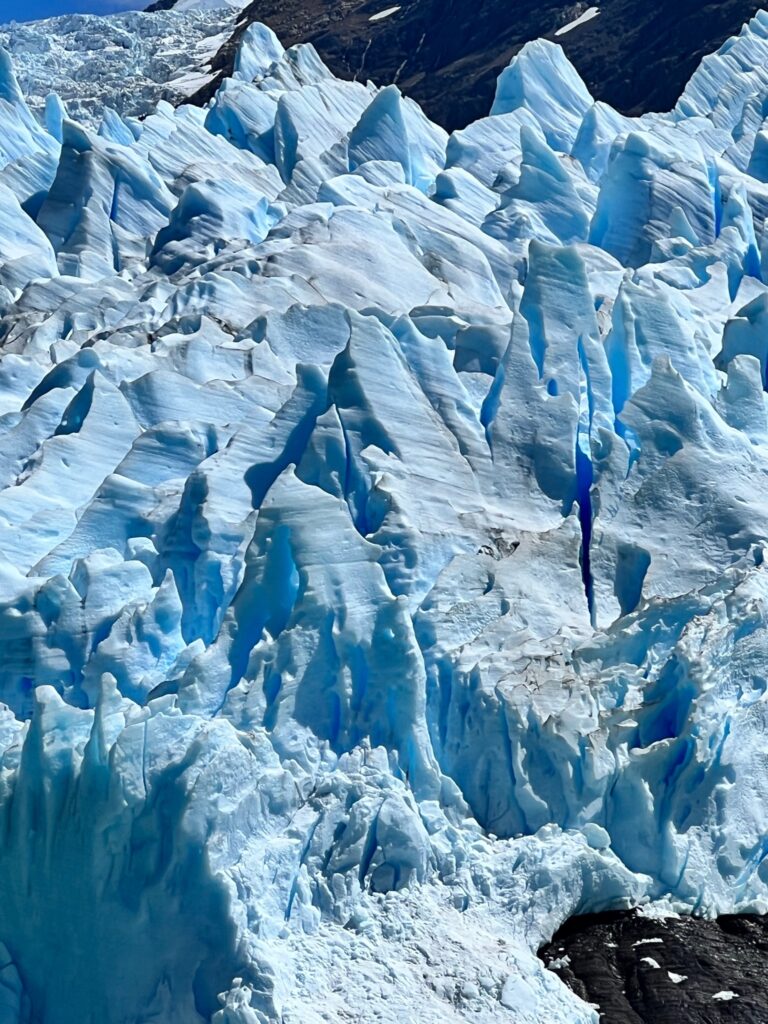
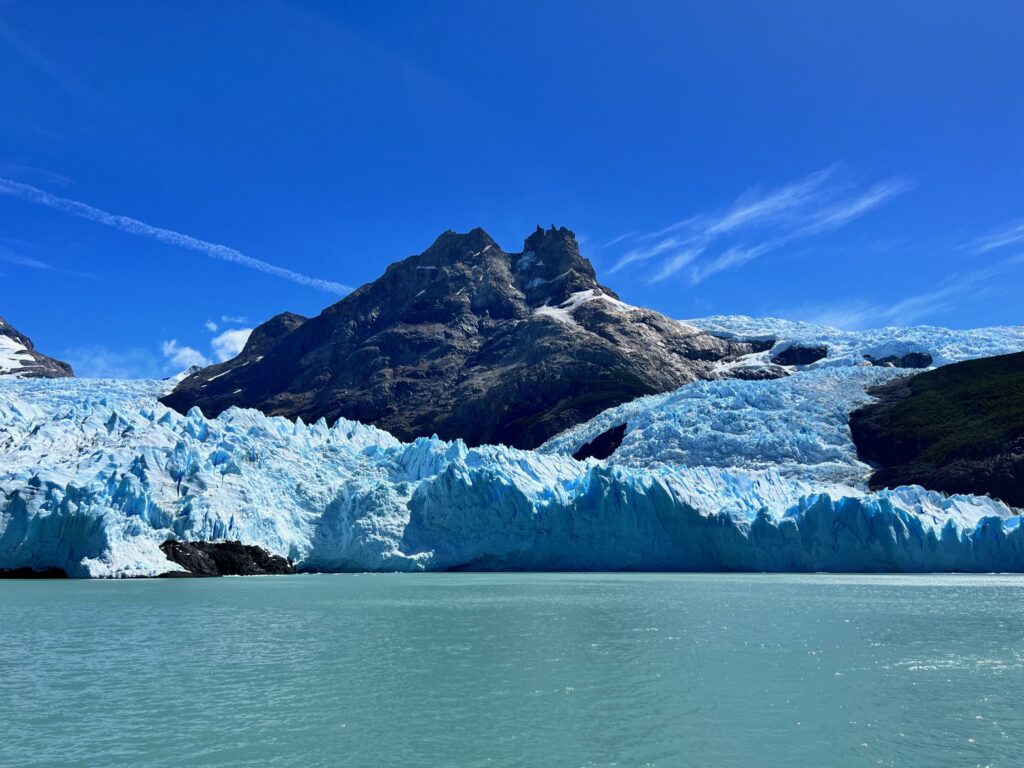
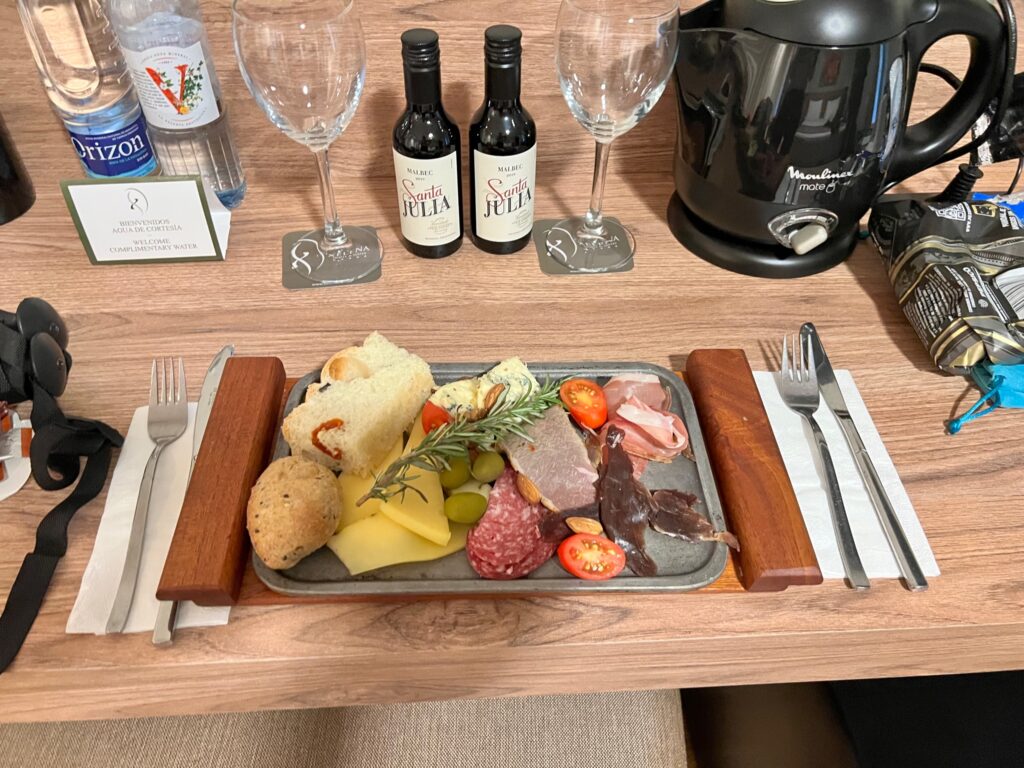
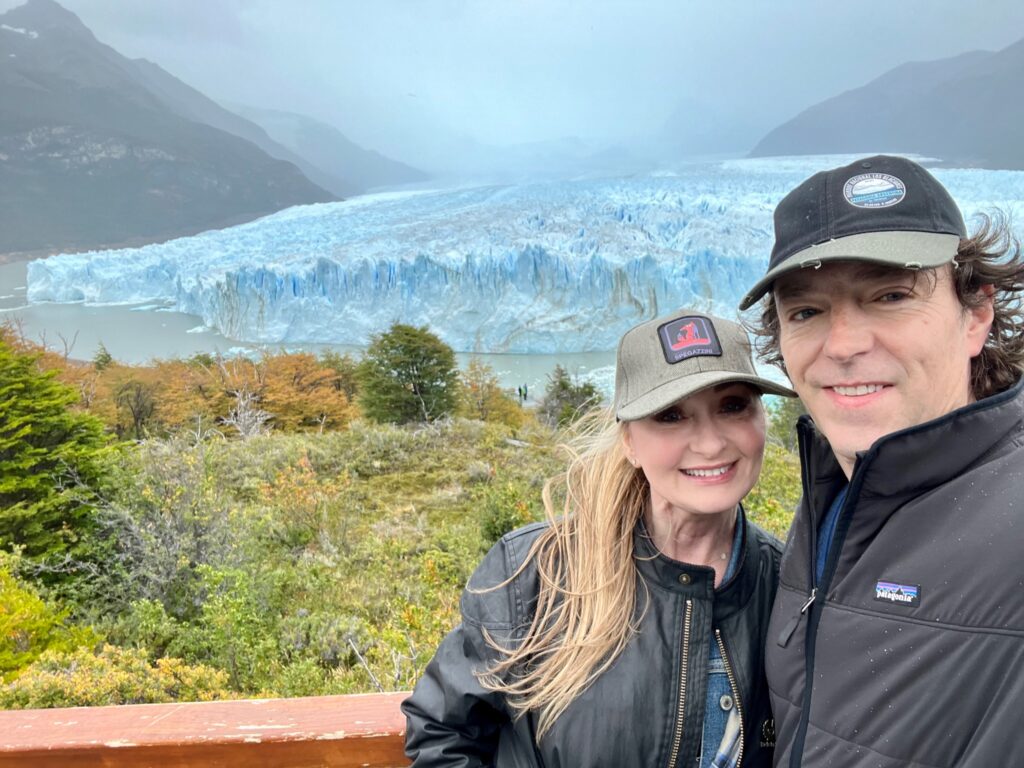
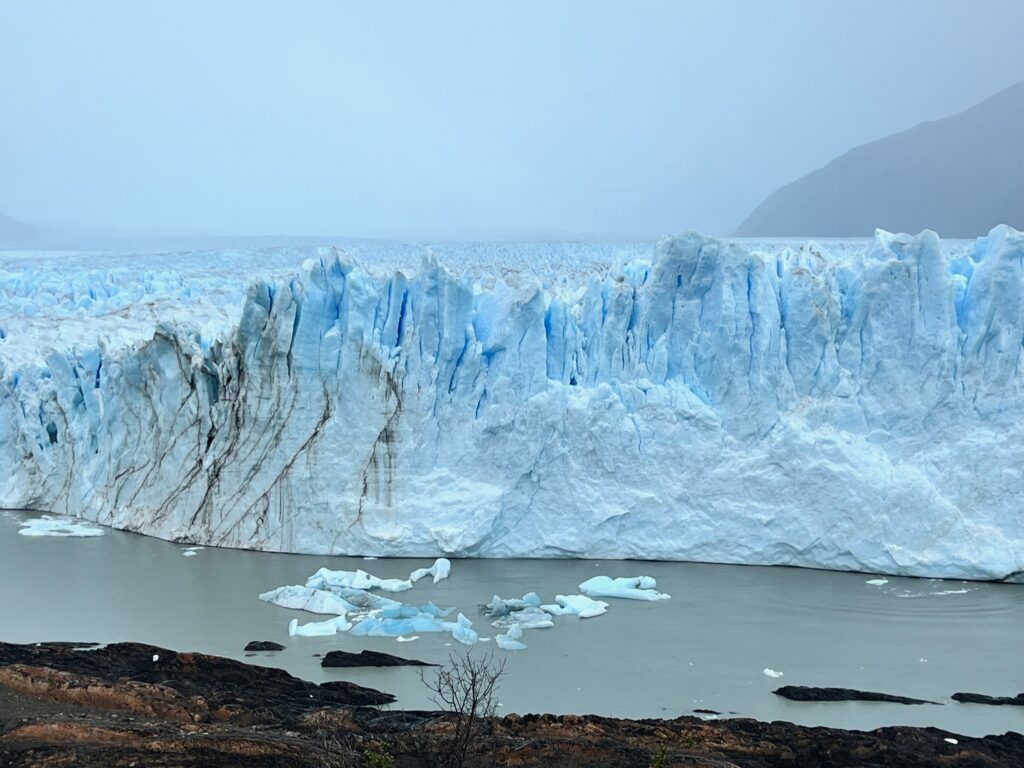
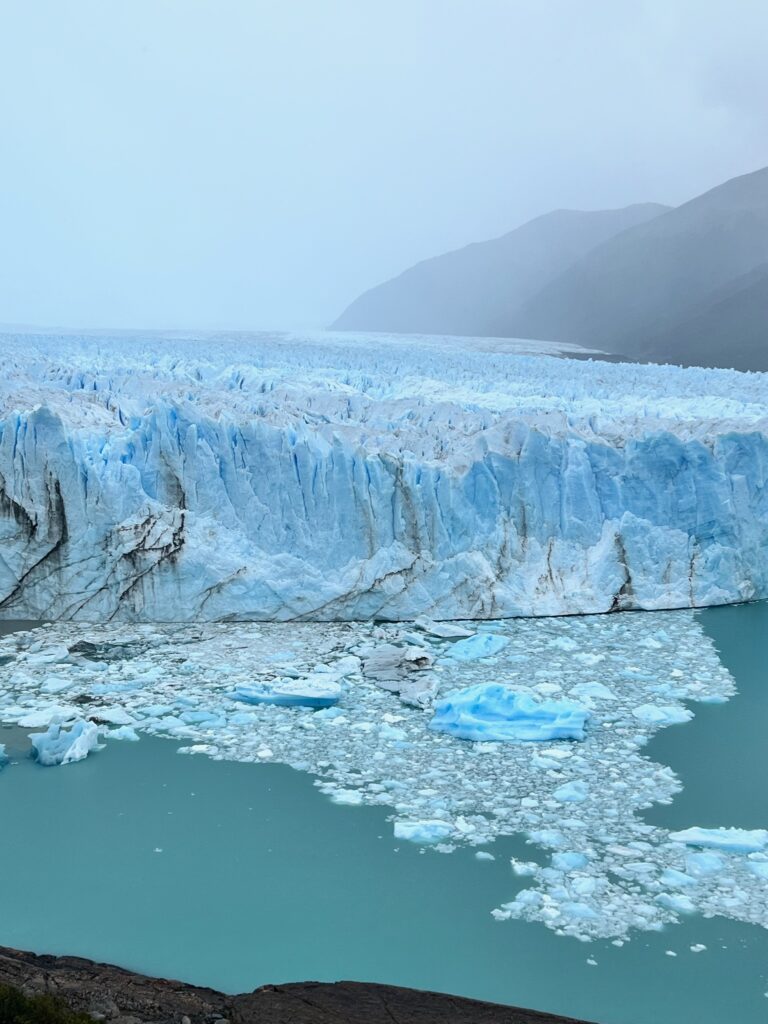
The wildlife is wonderful. Tauck takes extra time to stop and point it out. Serendipitously for us, the times we stopped to see Andean condors well off in the distance – which we were excitedly told was rare – turned into an actual incredibly rare 15 minutes of one landing at the Perito Moreno glacier right in front of us.
One of the world’s largest flying birds, he preened, and we gaped. He showed off his 10-foot wingspan and eventually did a couple of flybys, honestly as though he knew he was gifting us a precious moment.
Patagonia’s terrain is astoundingly gorgeous, but our hearts were taken by its glaciers. The blues and the rugged contours are beyond description. They’re just awe inspiring.
But as you admire them, sounds like distant shotgun firing ring out. This is the ice, ever moving and breaking. Then a vast sheet of it drops with a staggering force into the water.
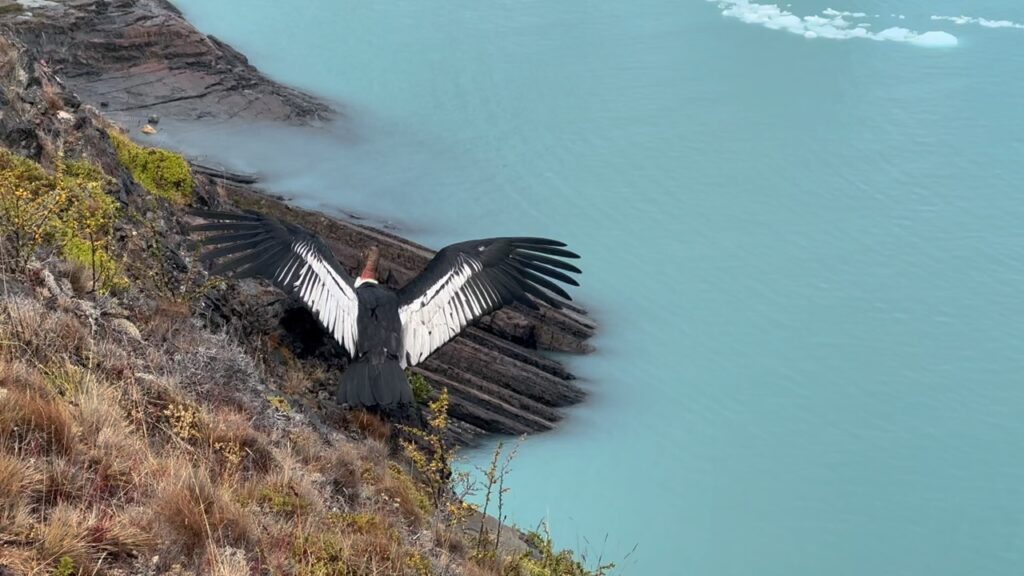
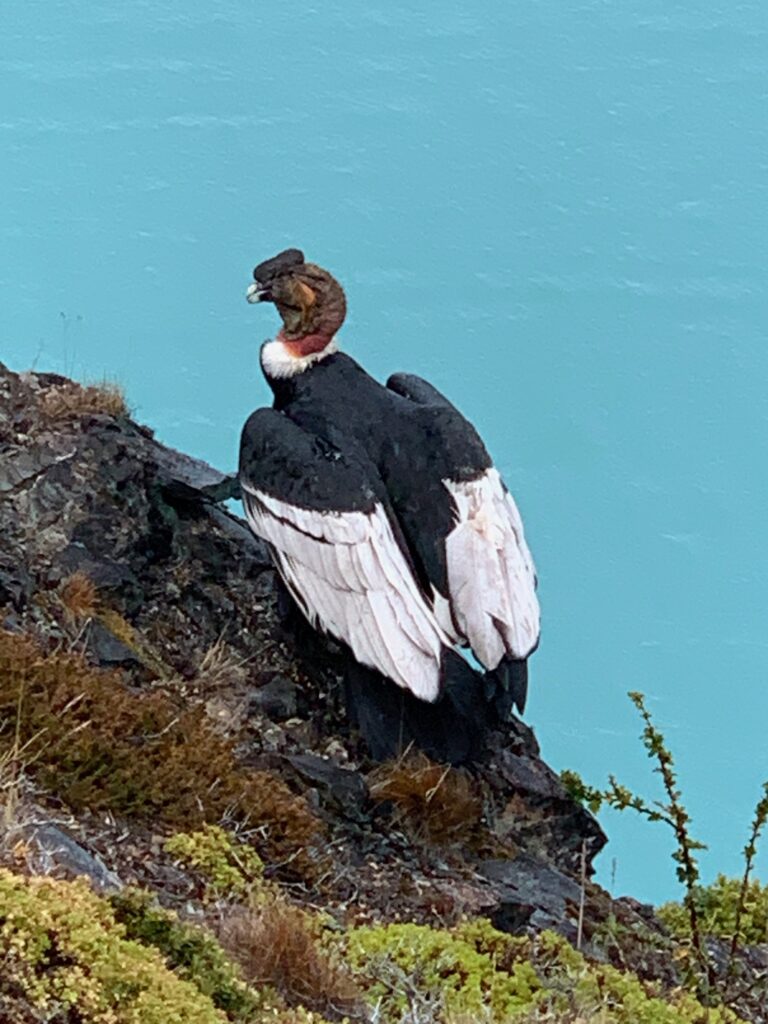
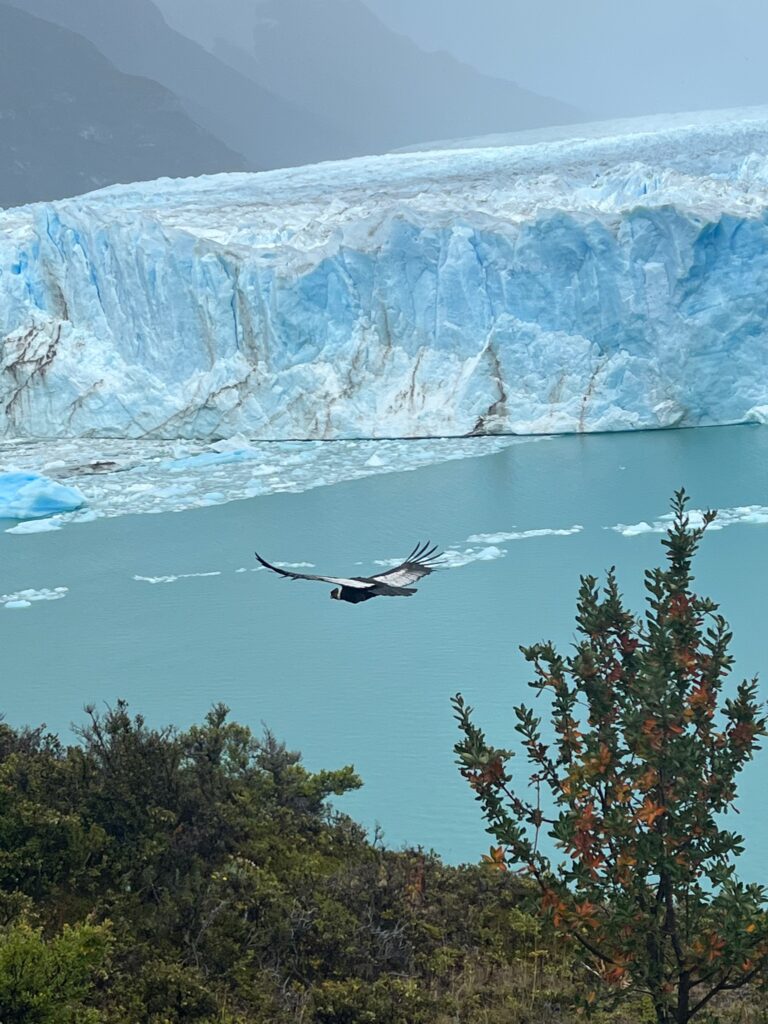
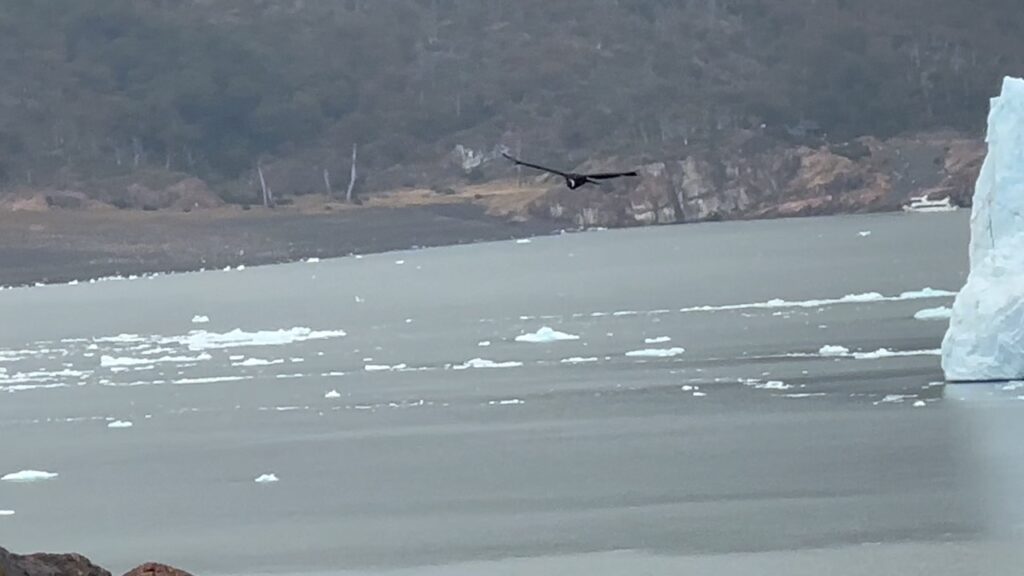
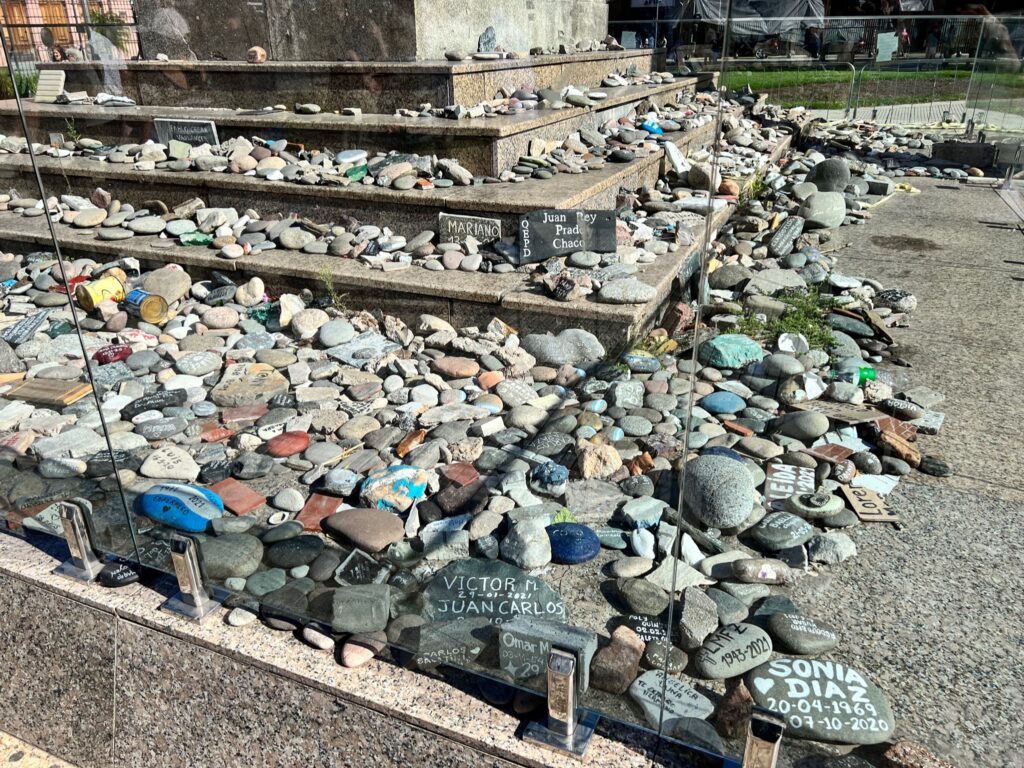
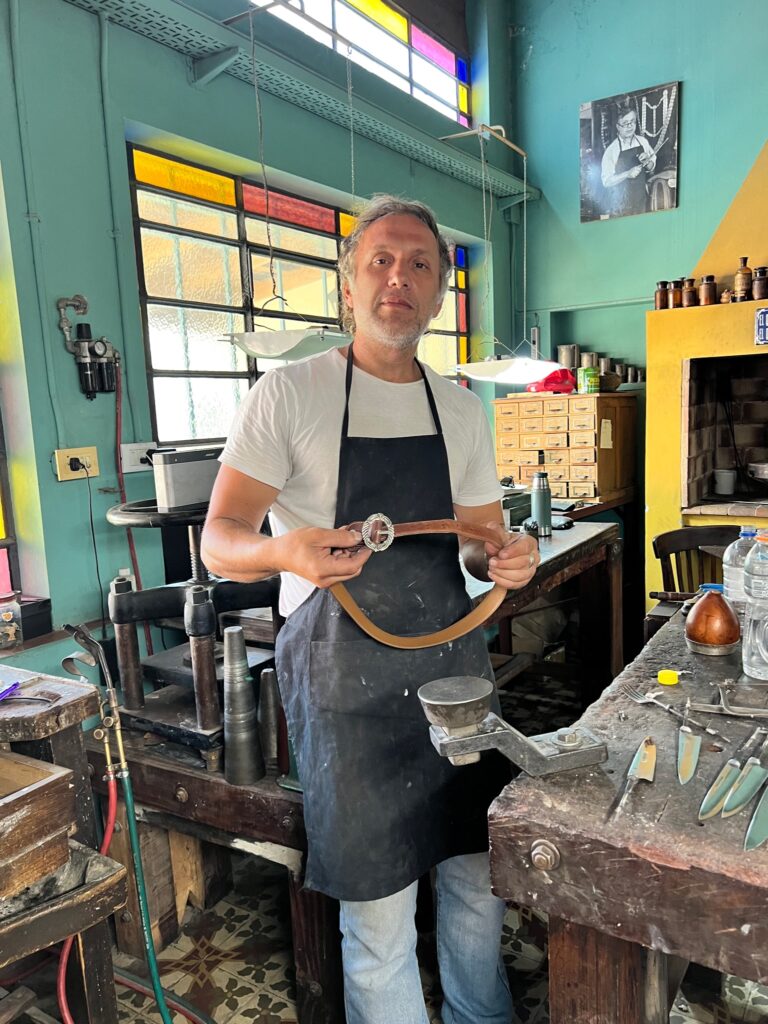

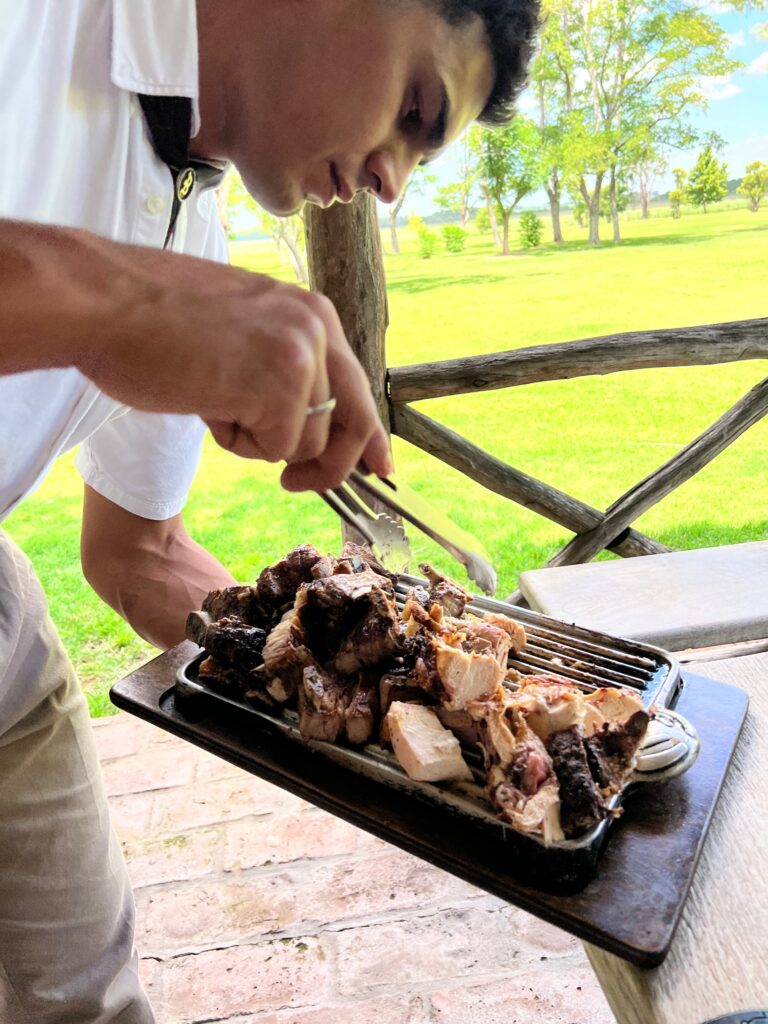
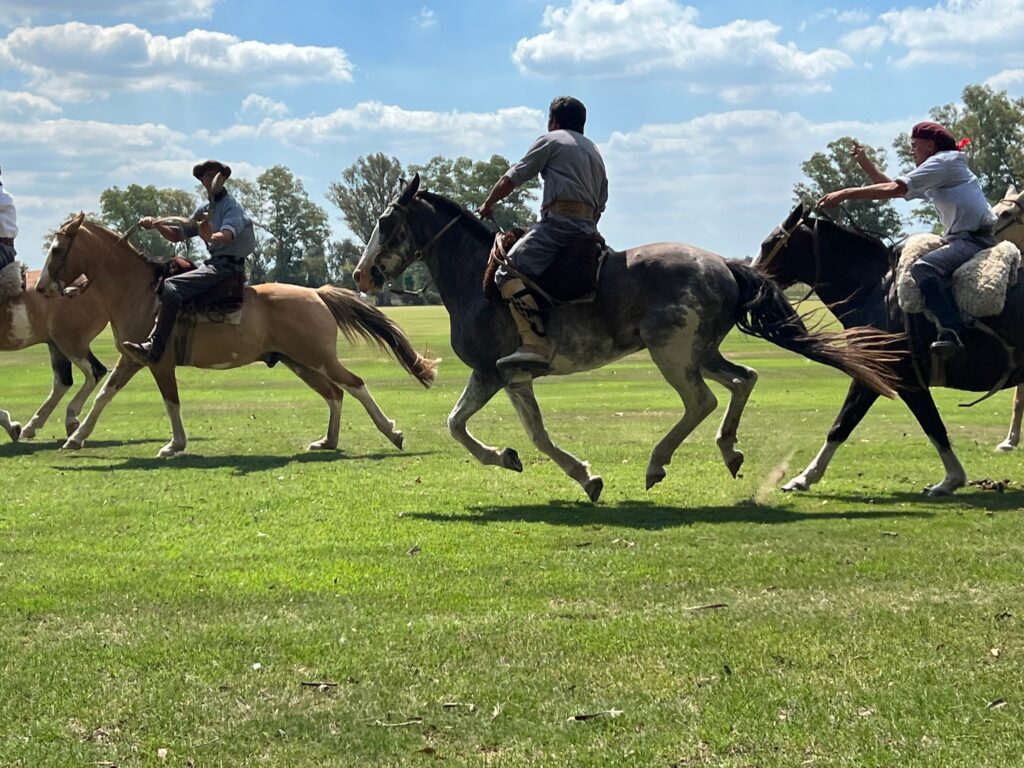
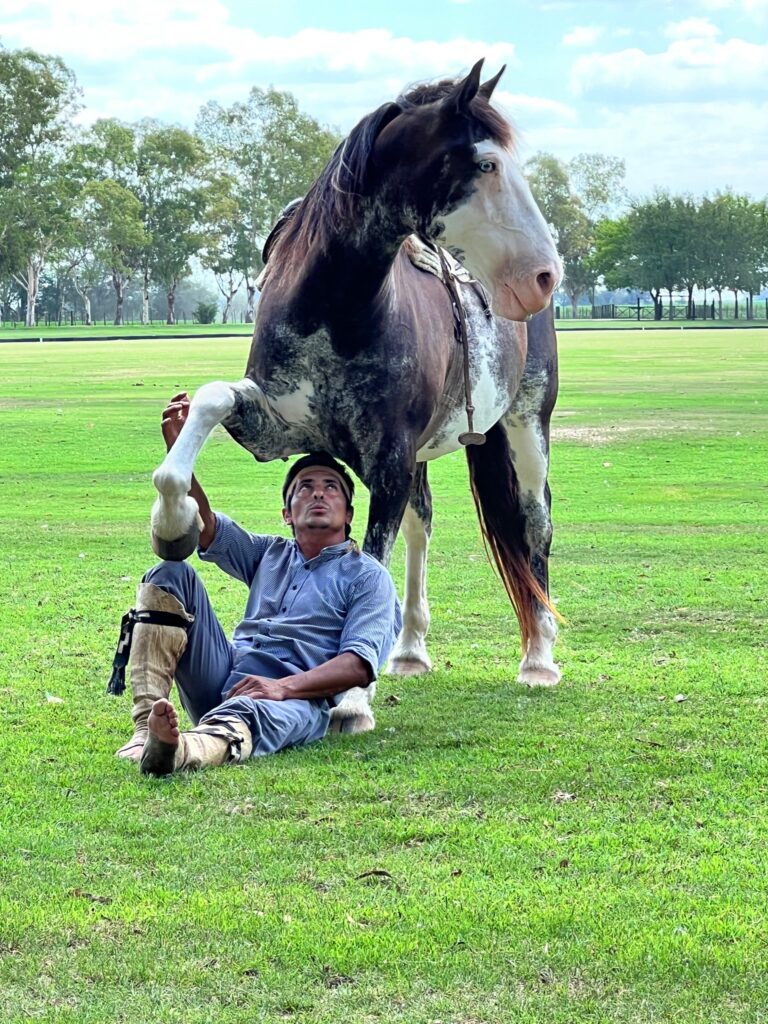
It’s dramatic, exciting, and incredibly sad. It’s watching in real time our planet’s warming consequences, seeing 500+-year-old ice vanish.
At Serrano, the workers carry buckets to the water and scoop out pieces. They served them to us with scotch. We marveled at the way the glacier ice is so clear and so sparkly. We joked at it being the first time our ice was older than our scotch.
And then I think many of us felt some degree of mourning of the slow loss of one of our great natural wonders.
